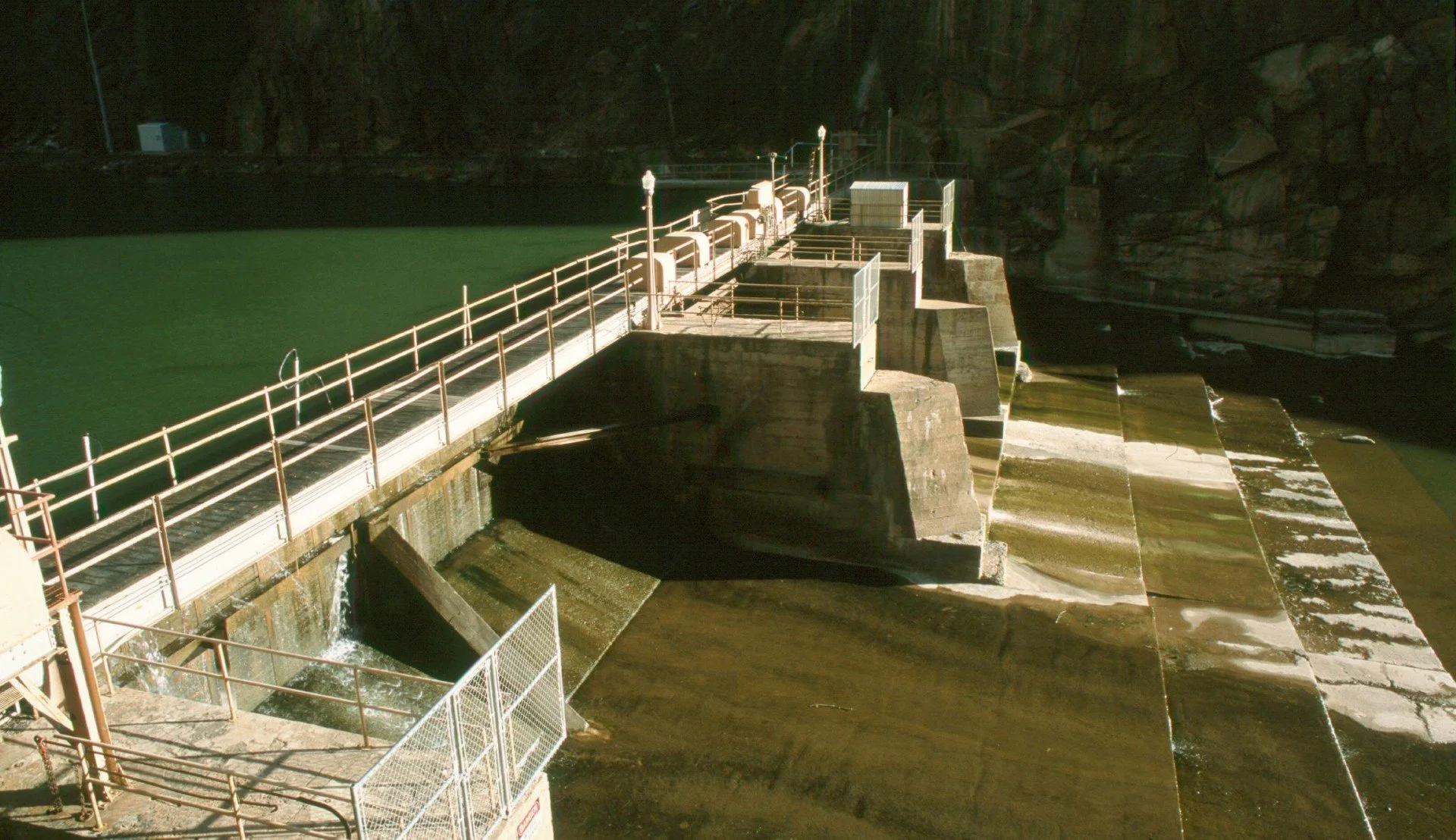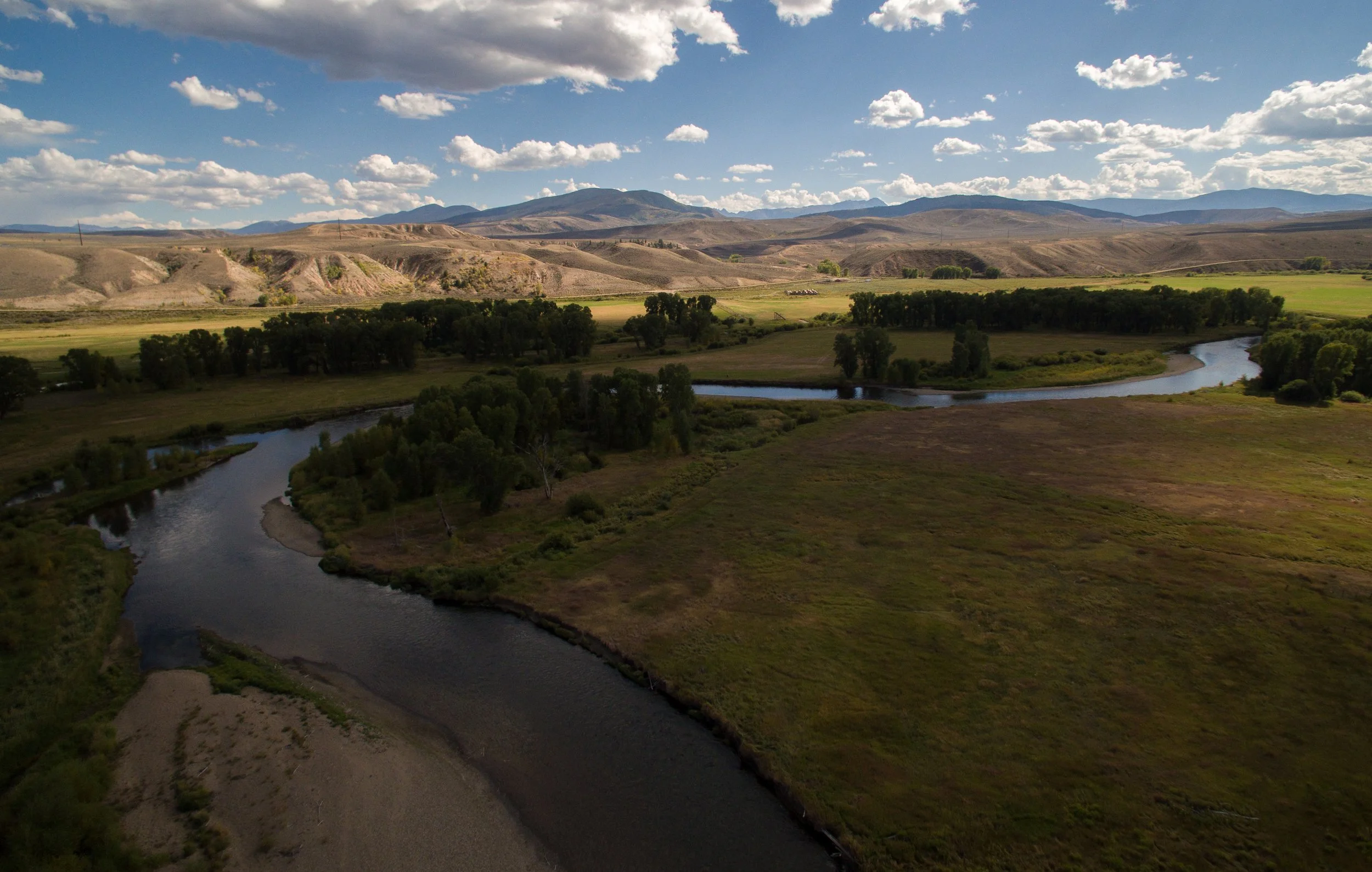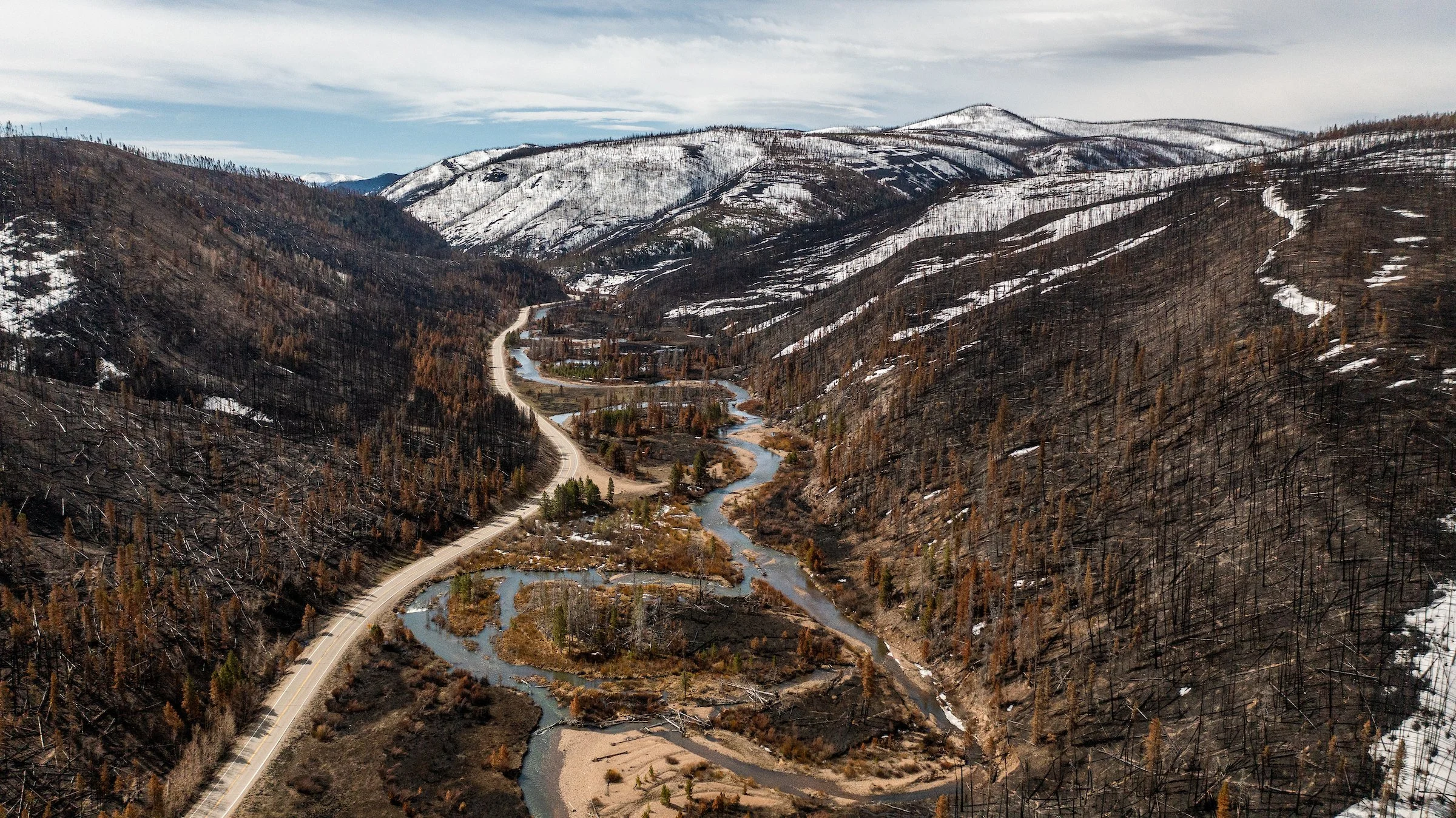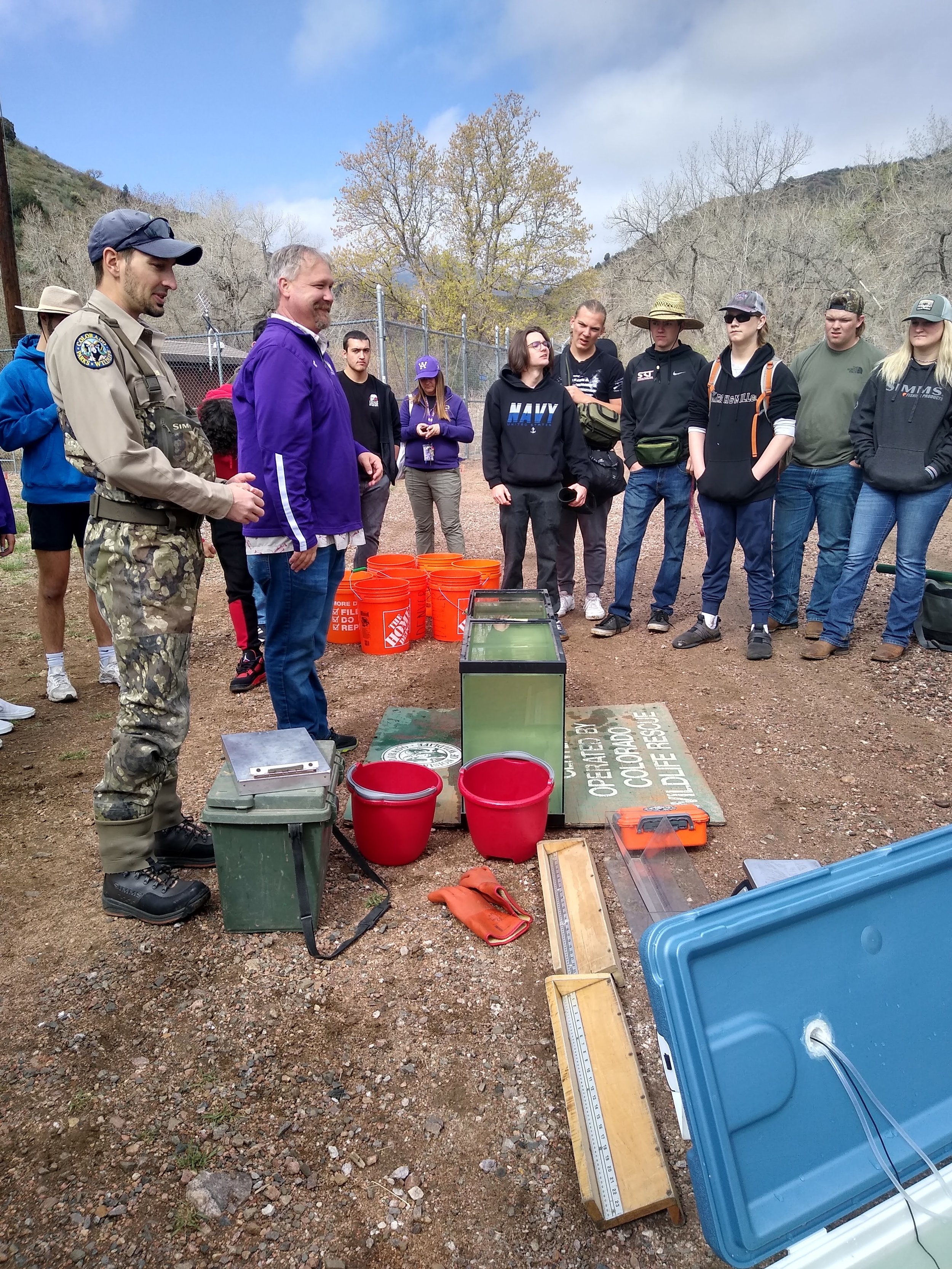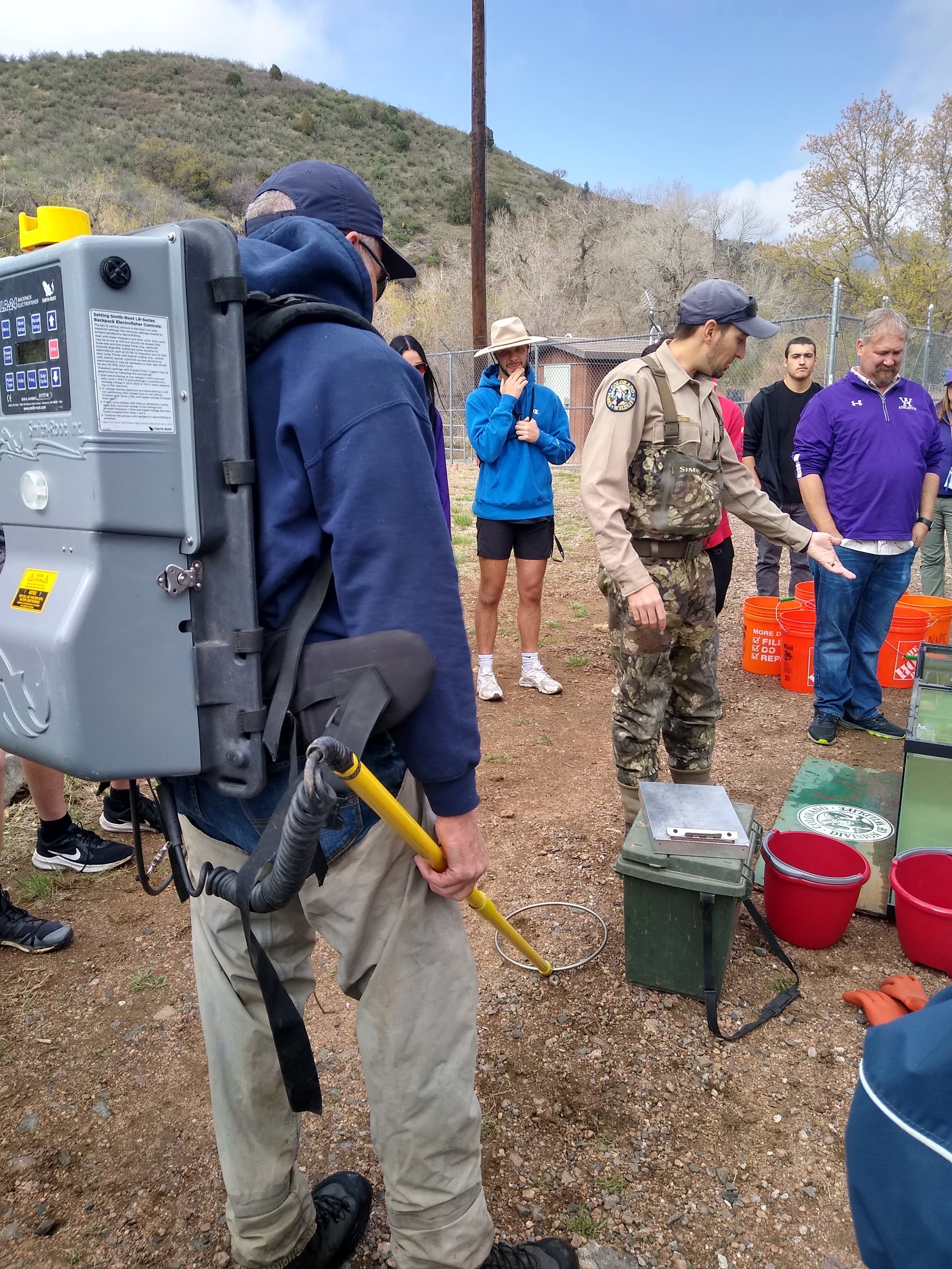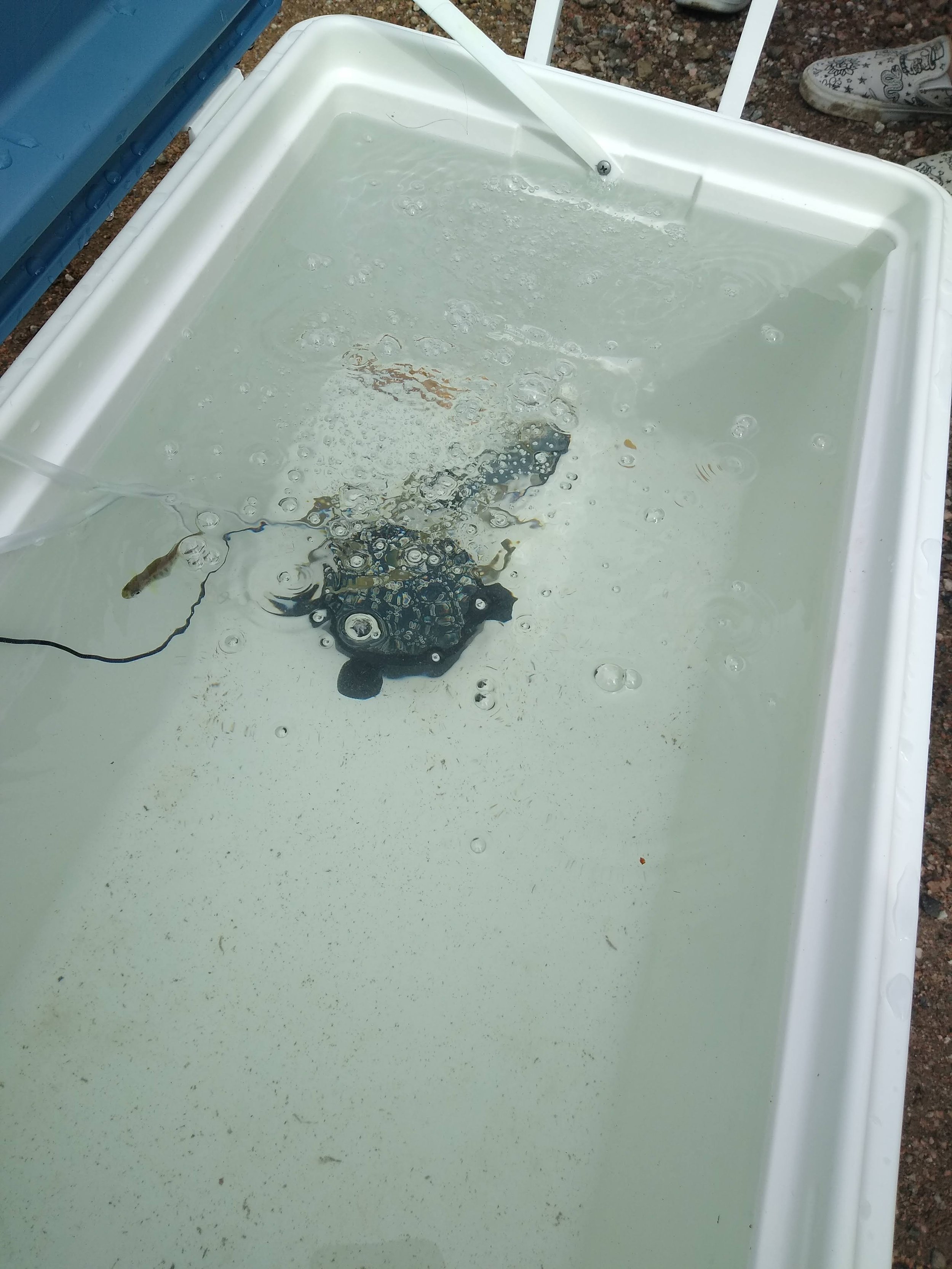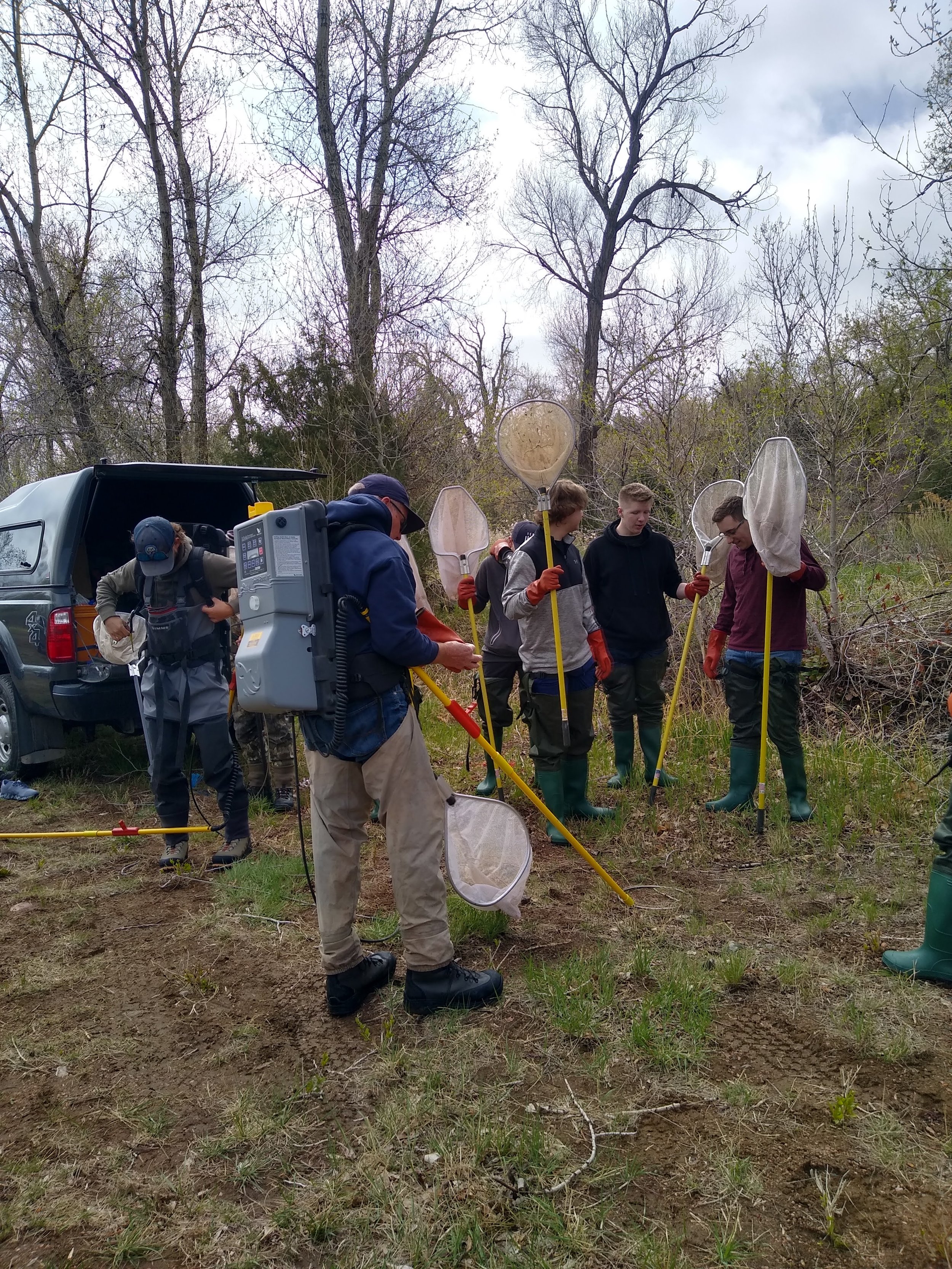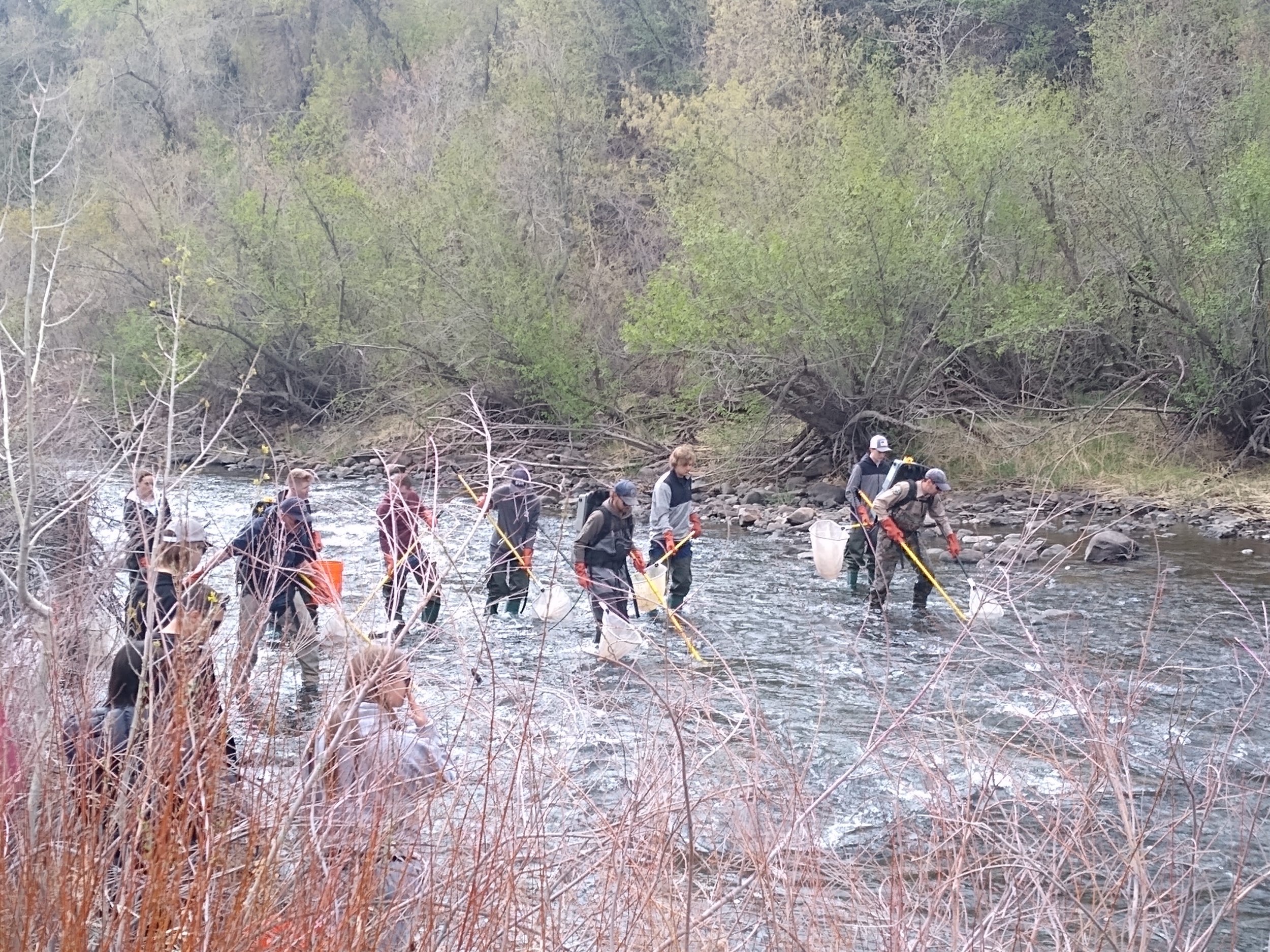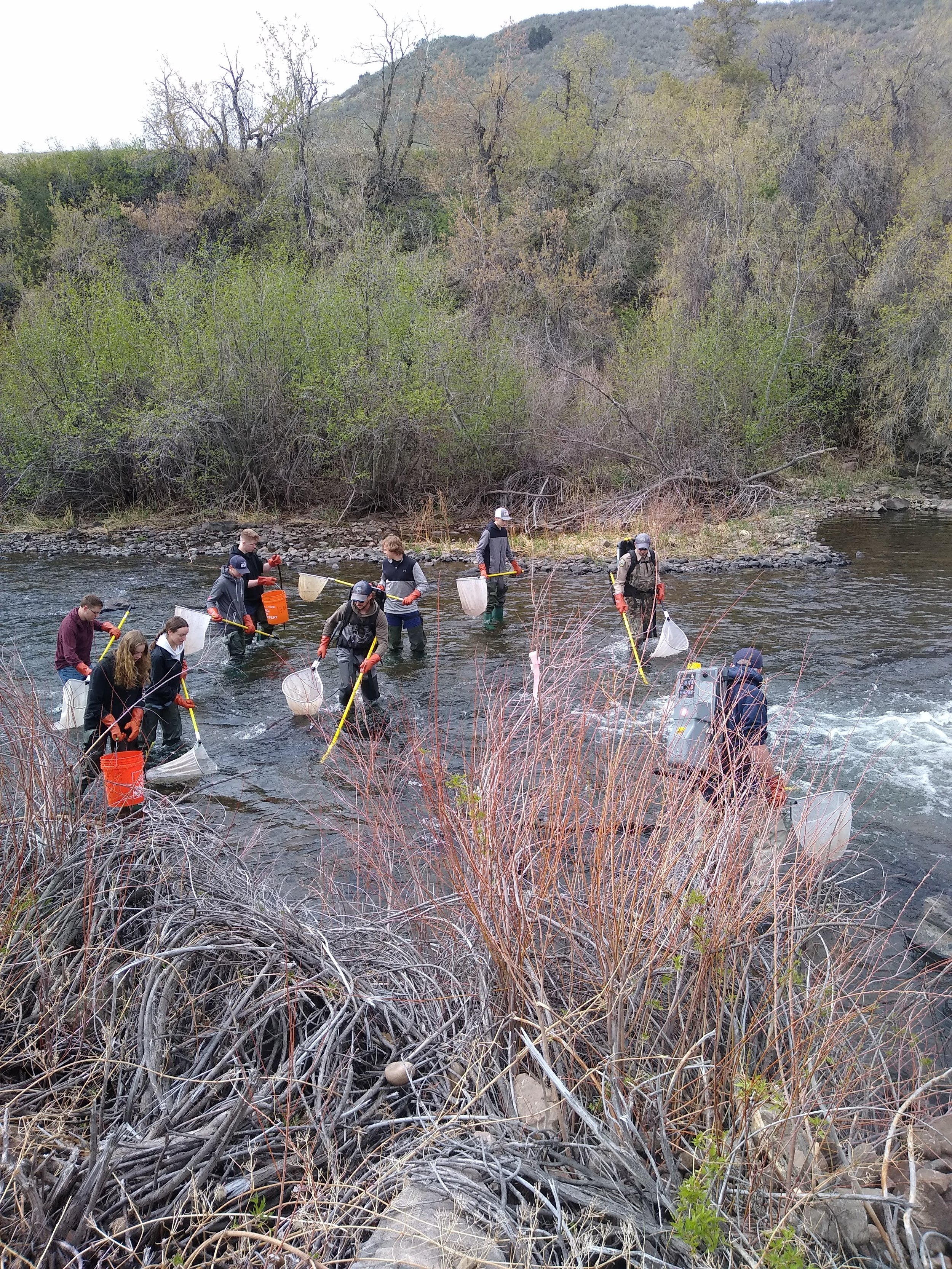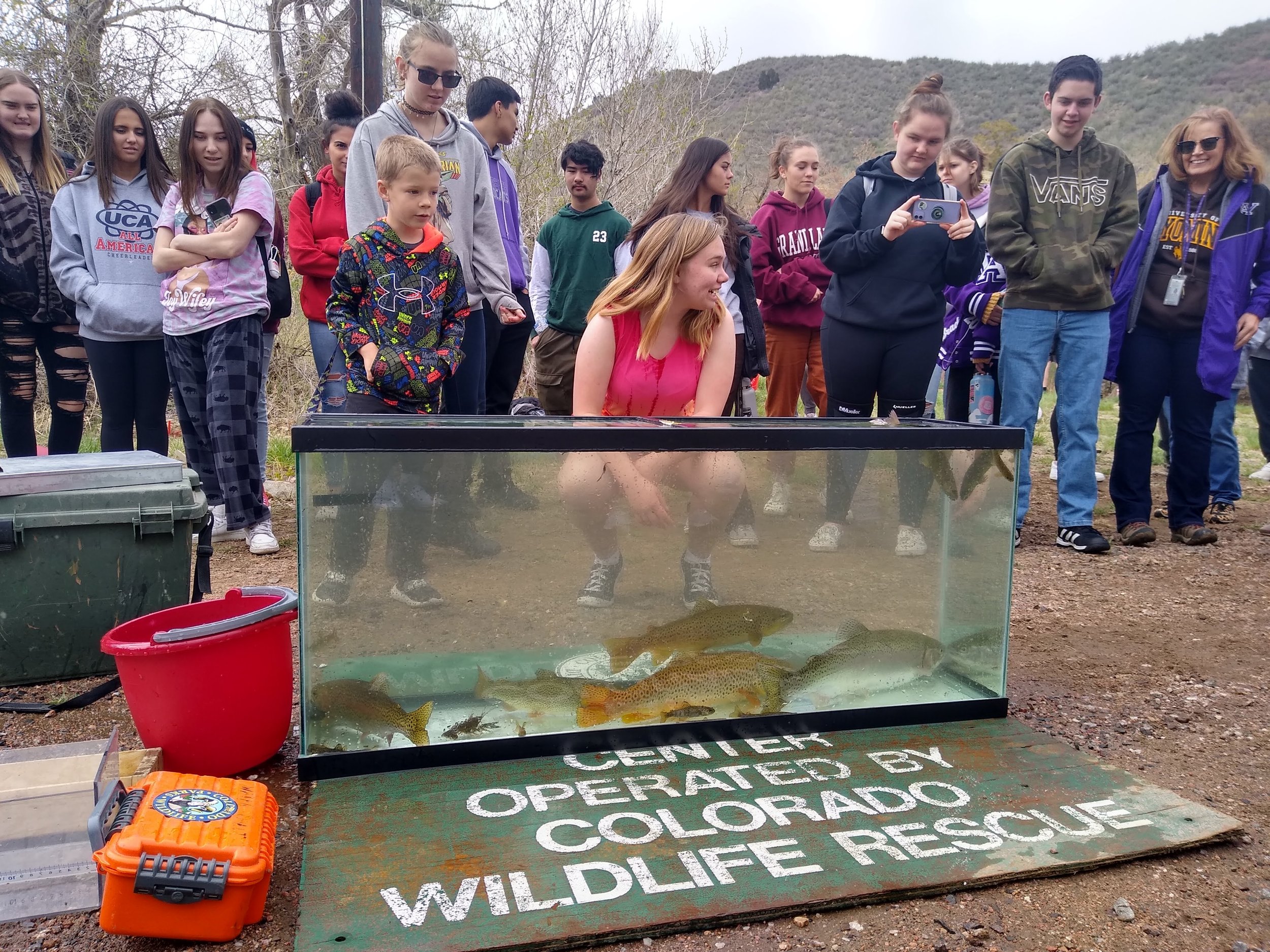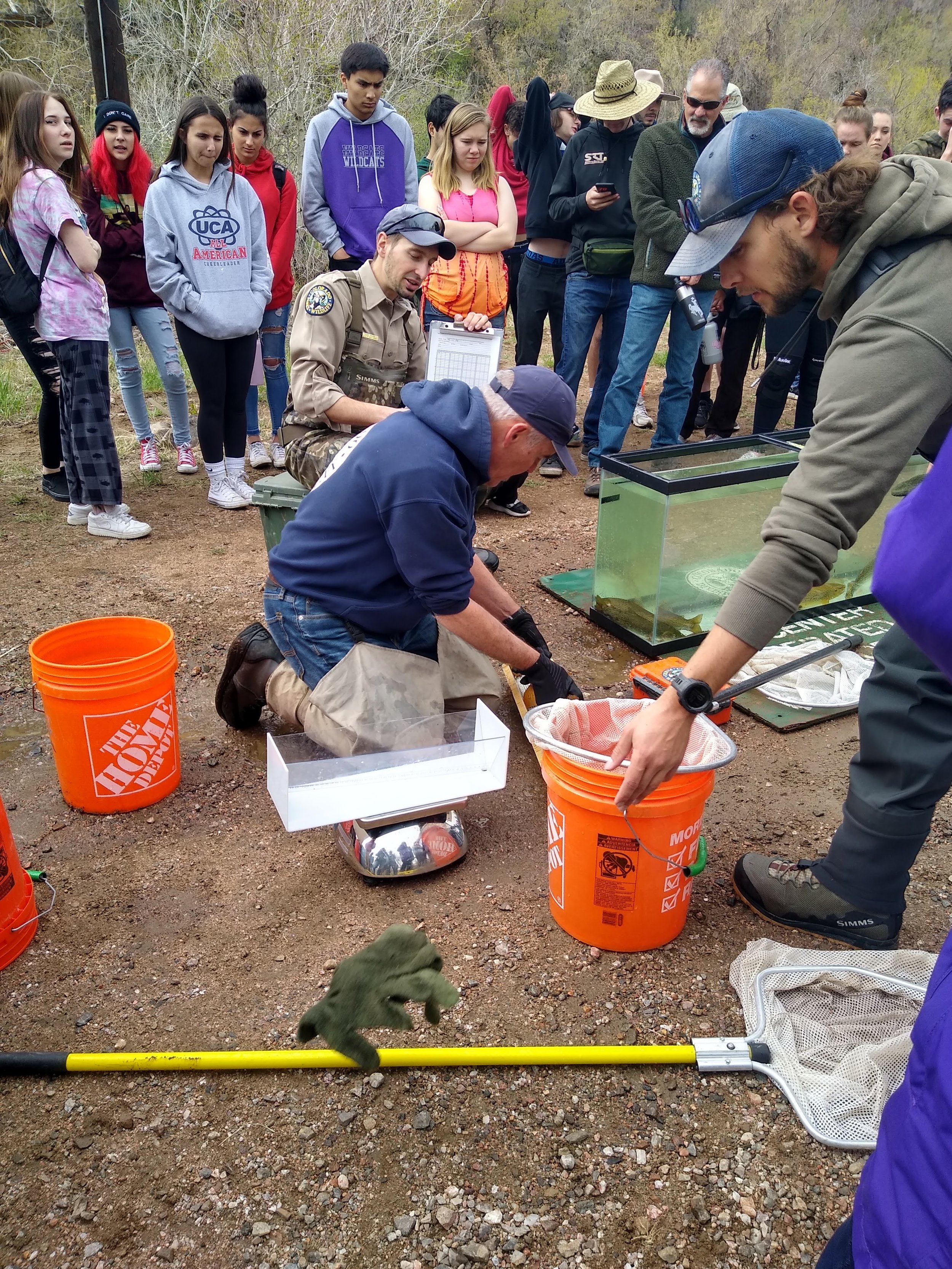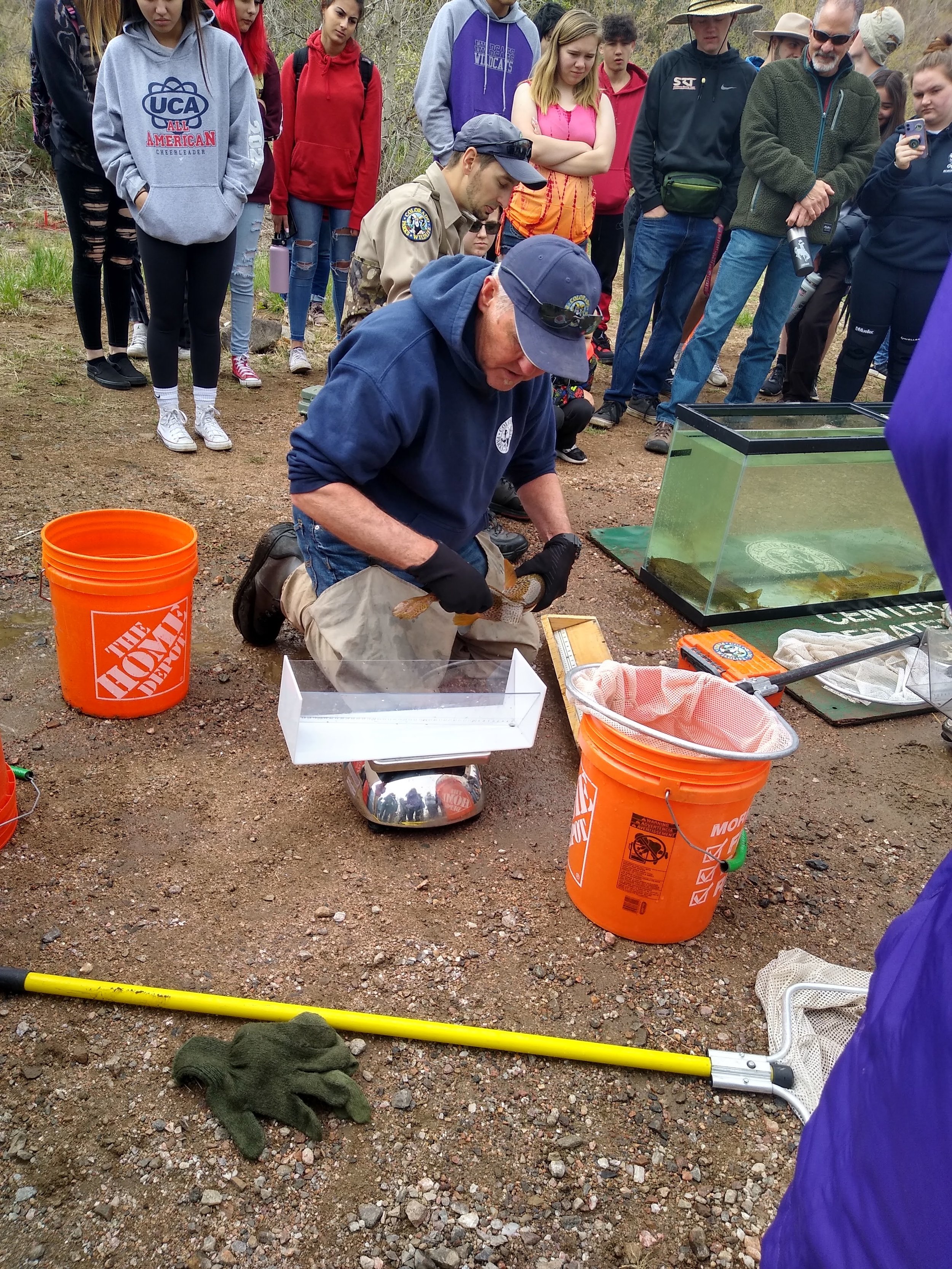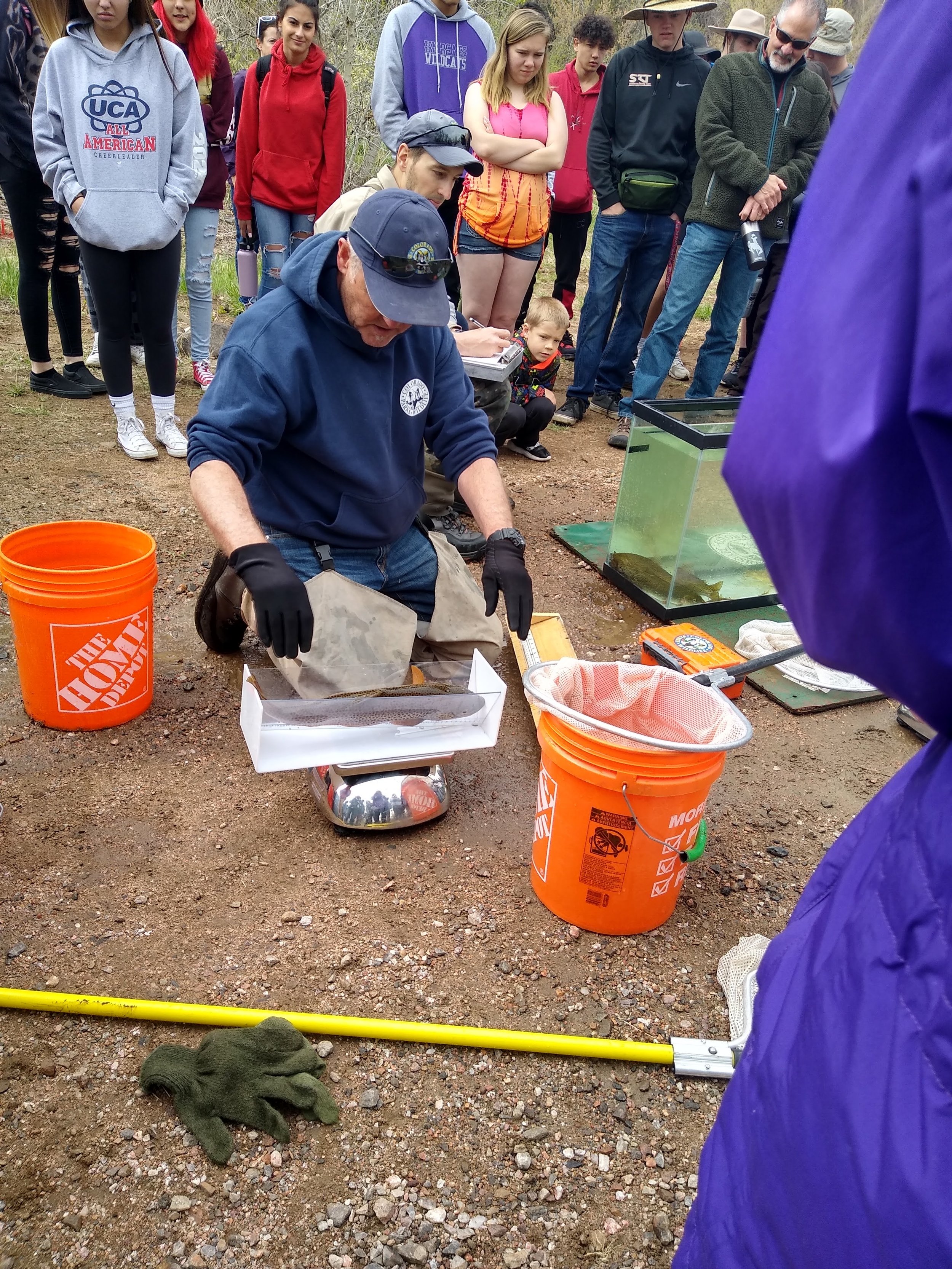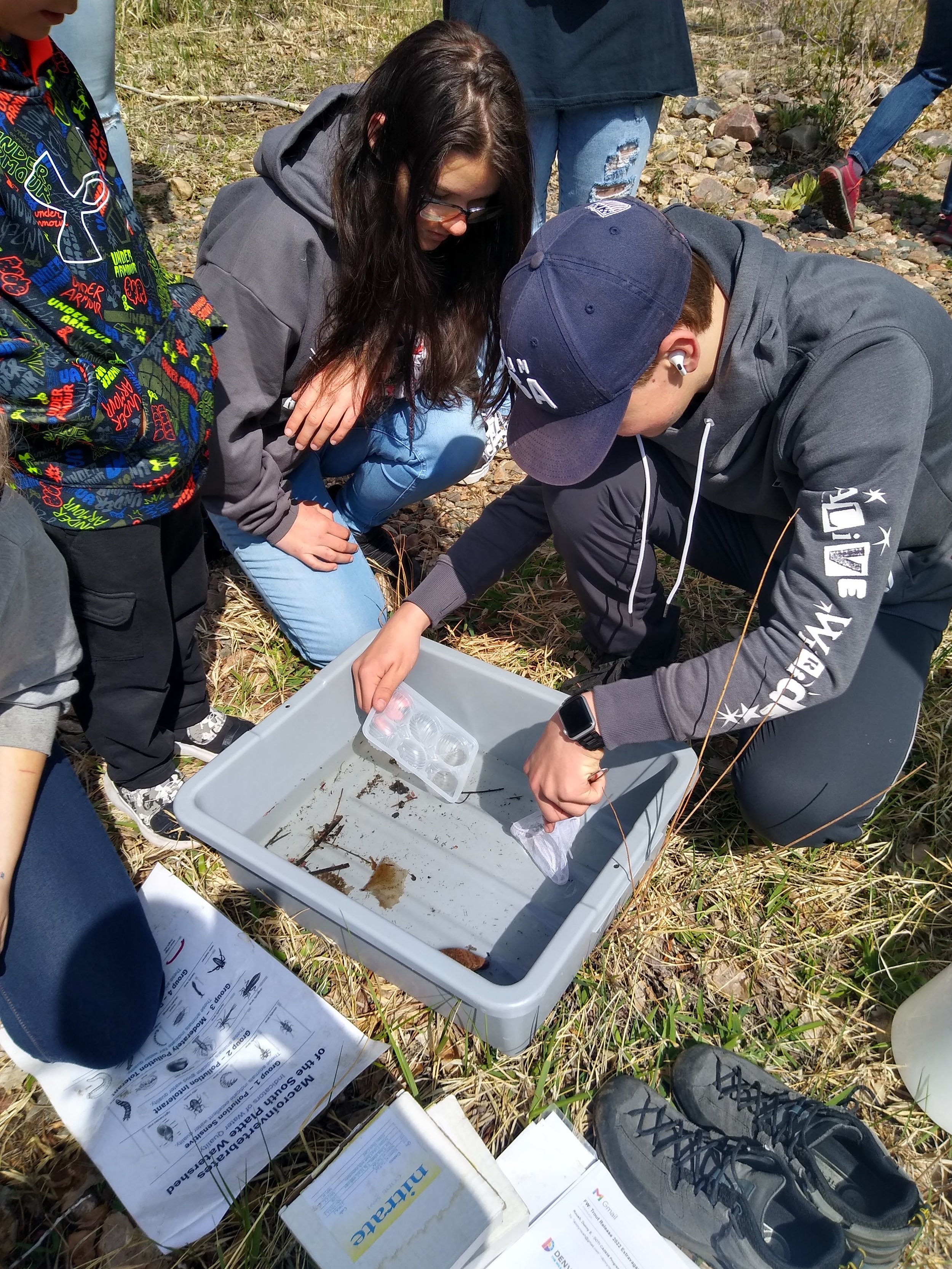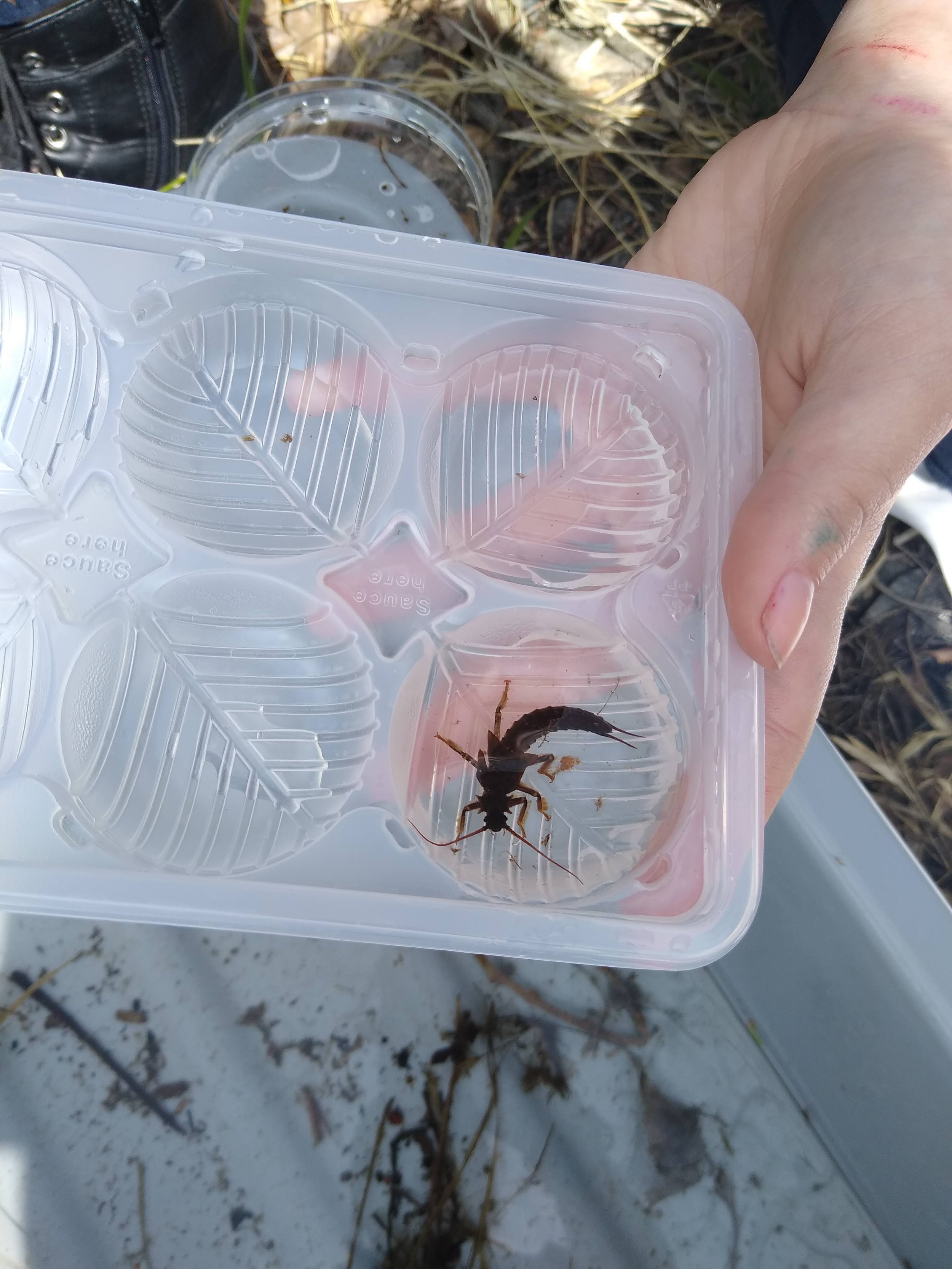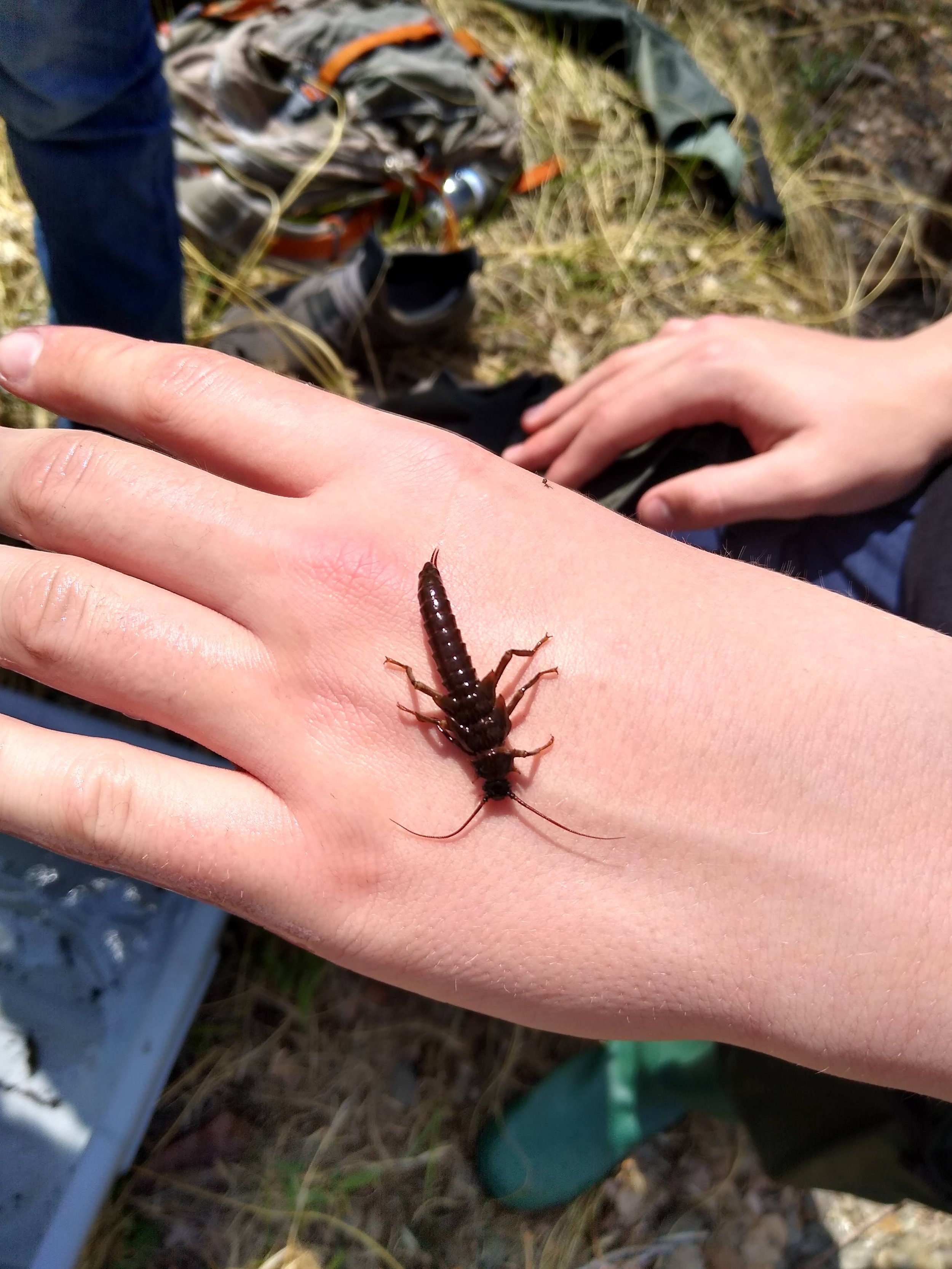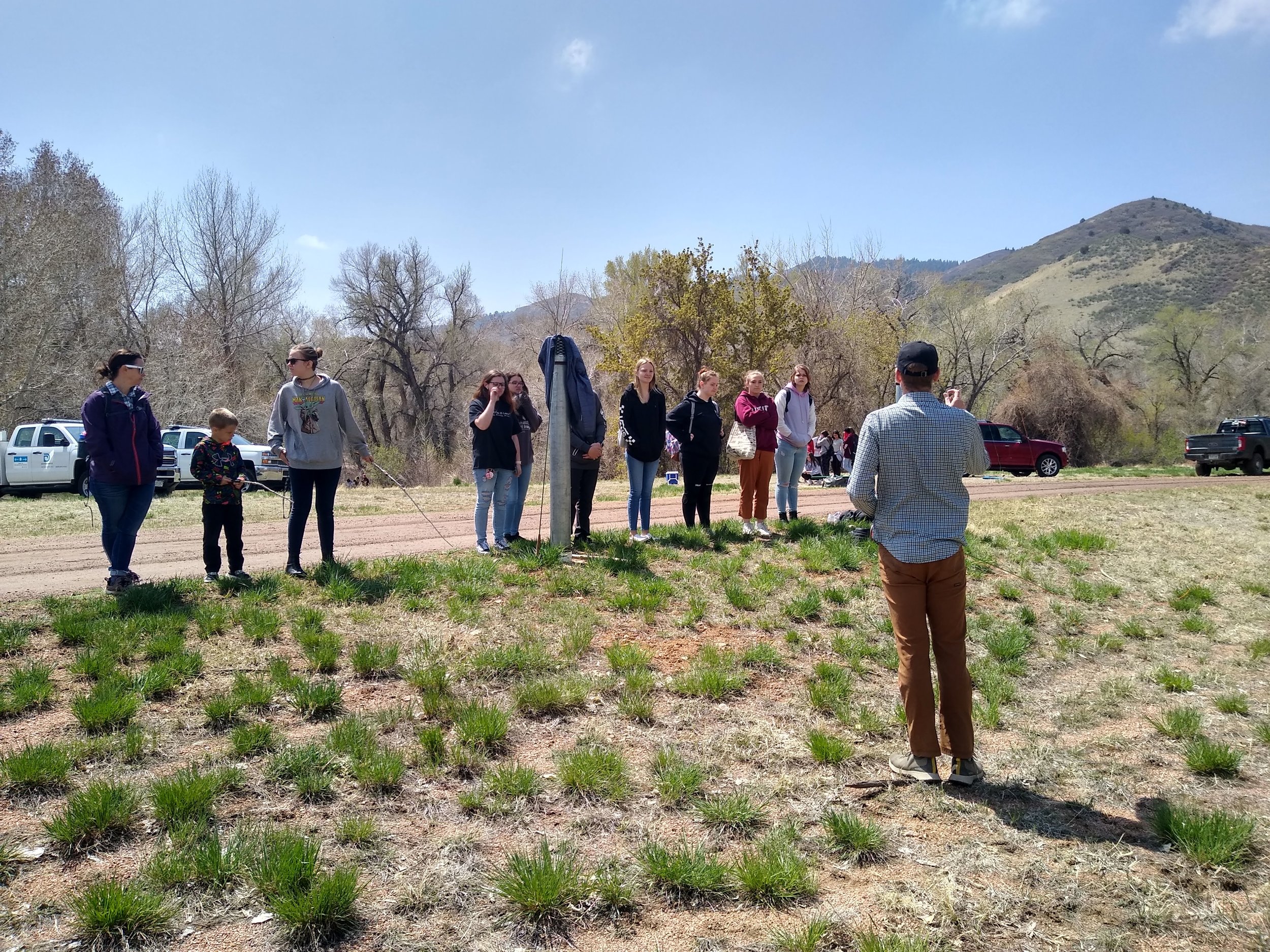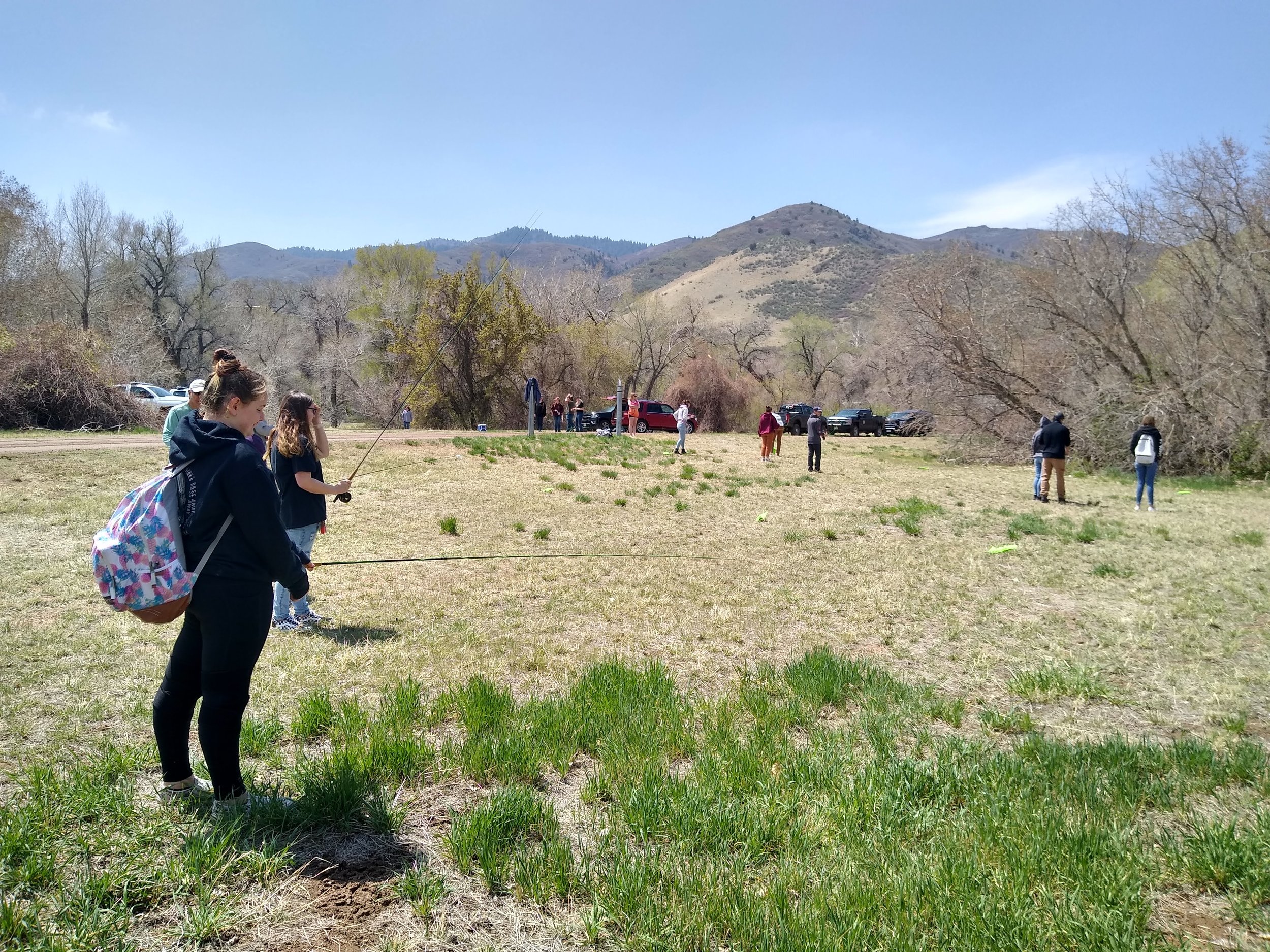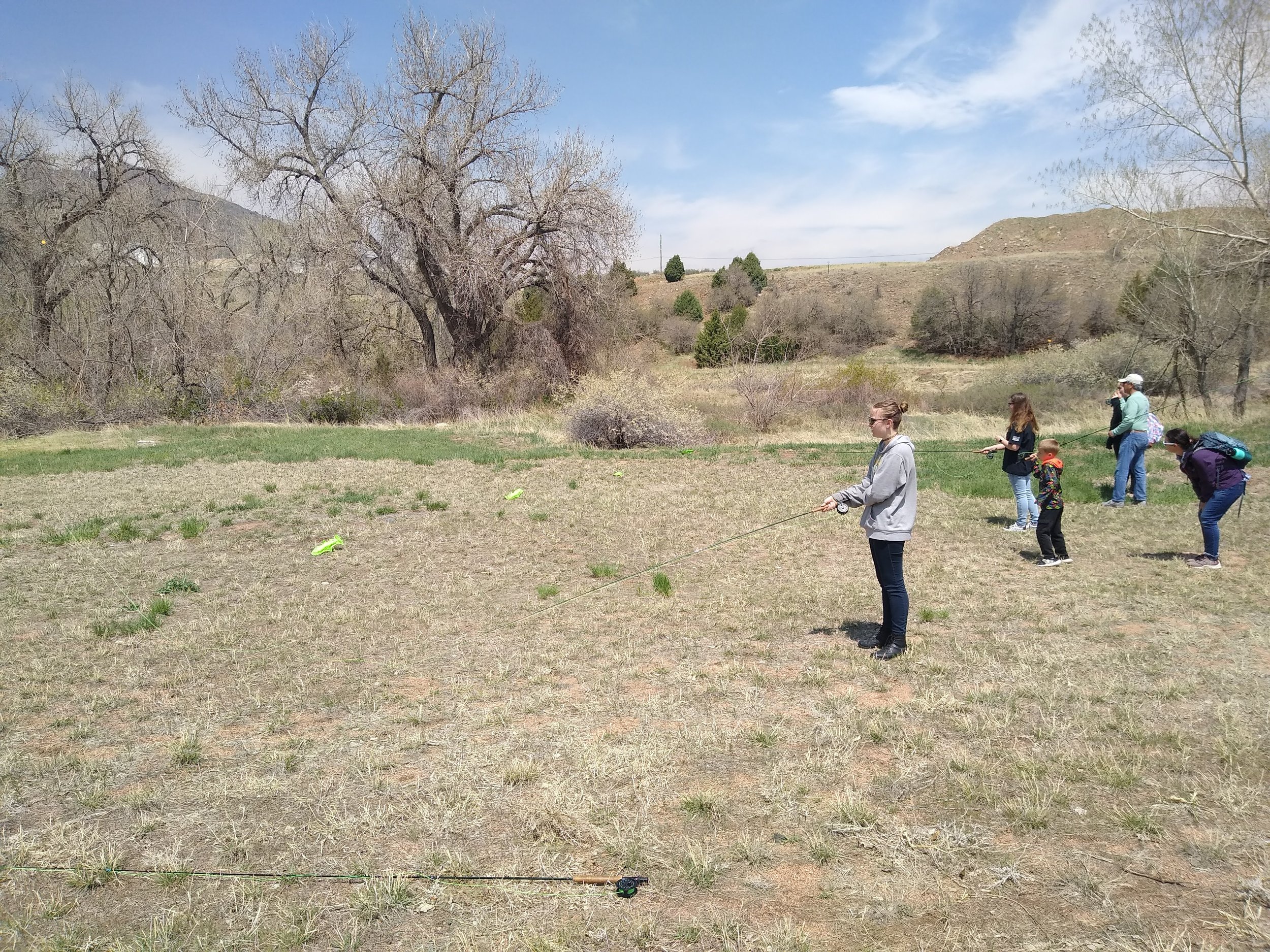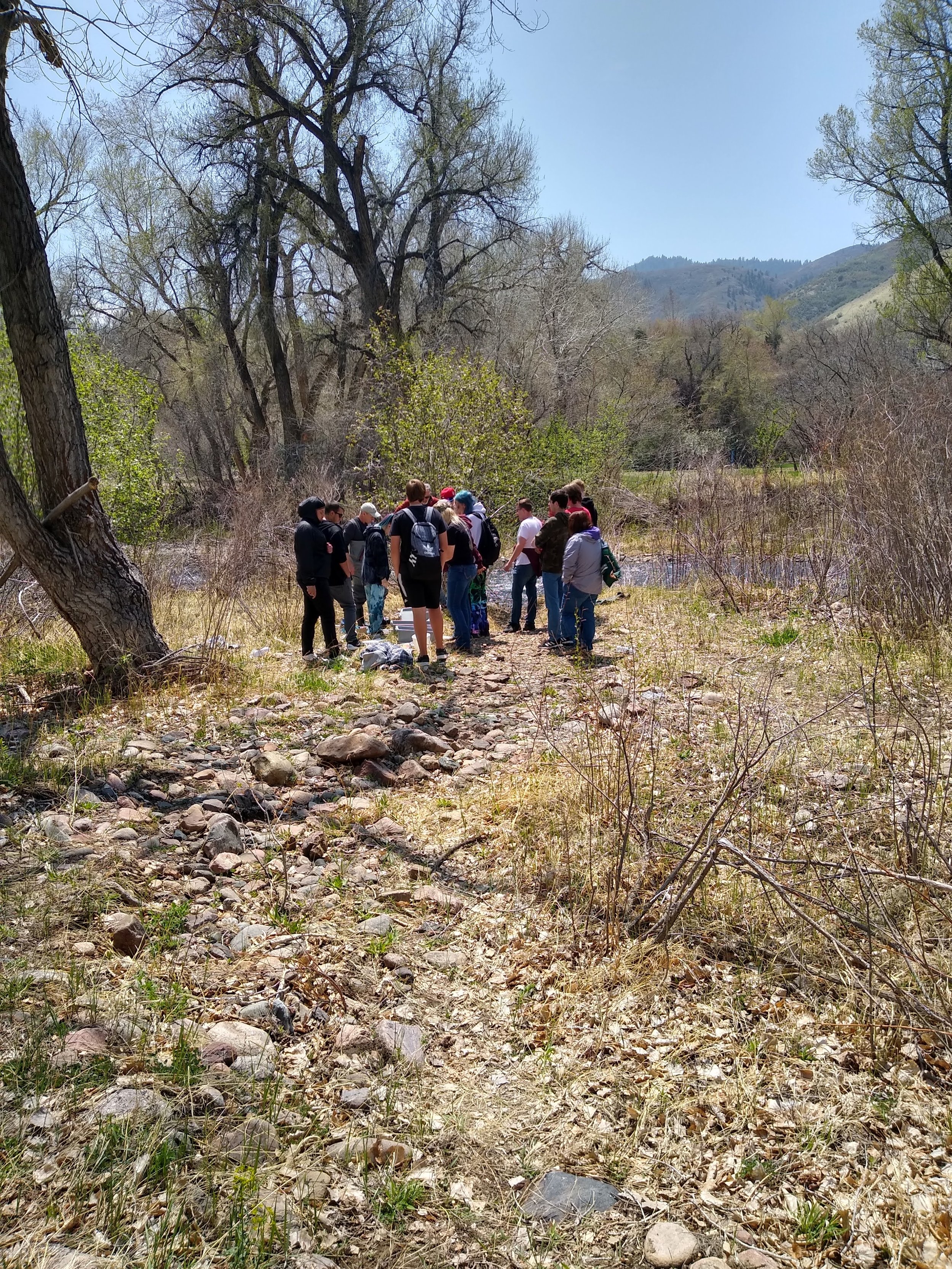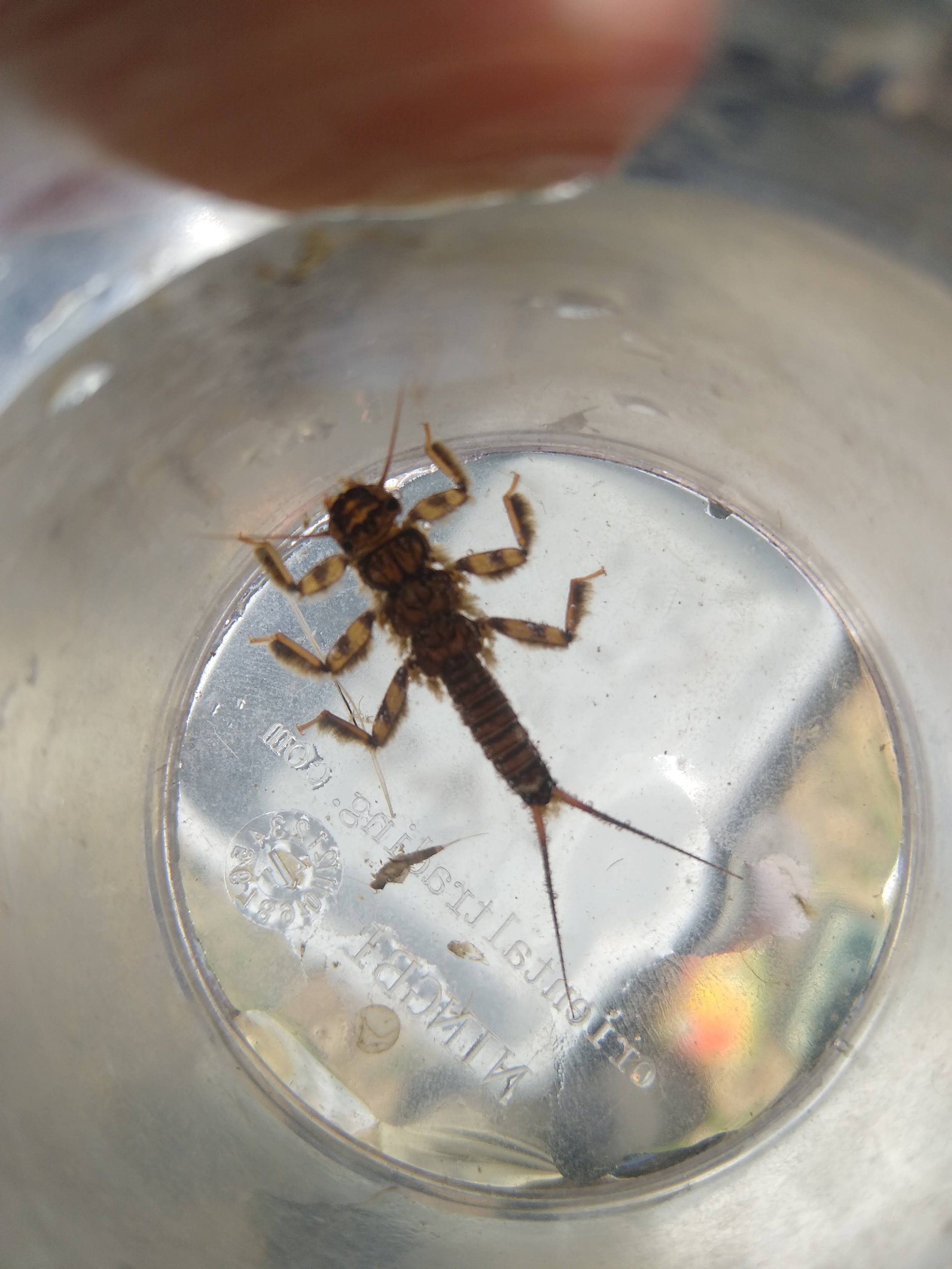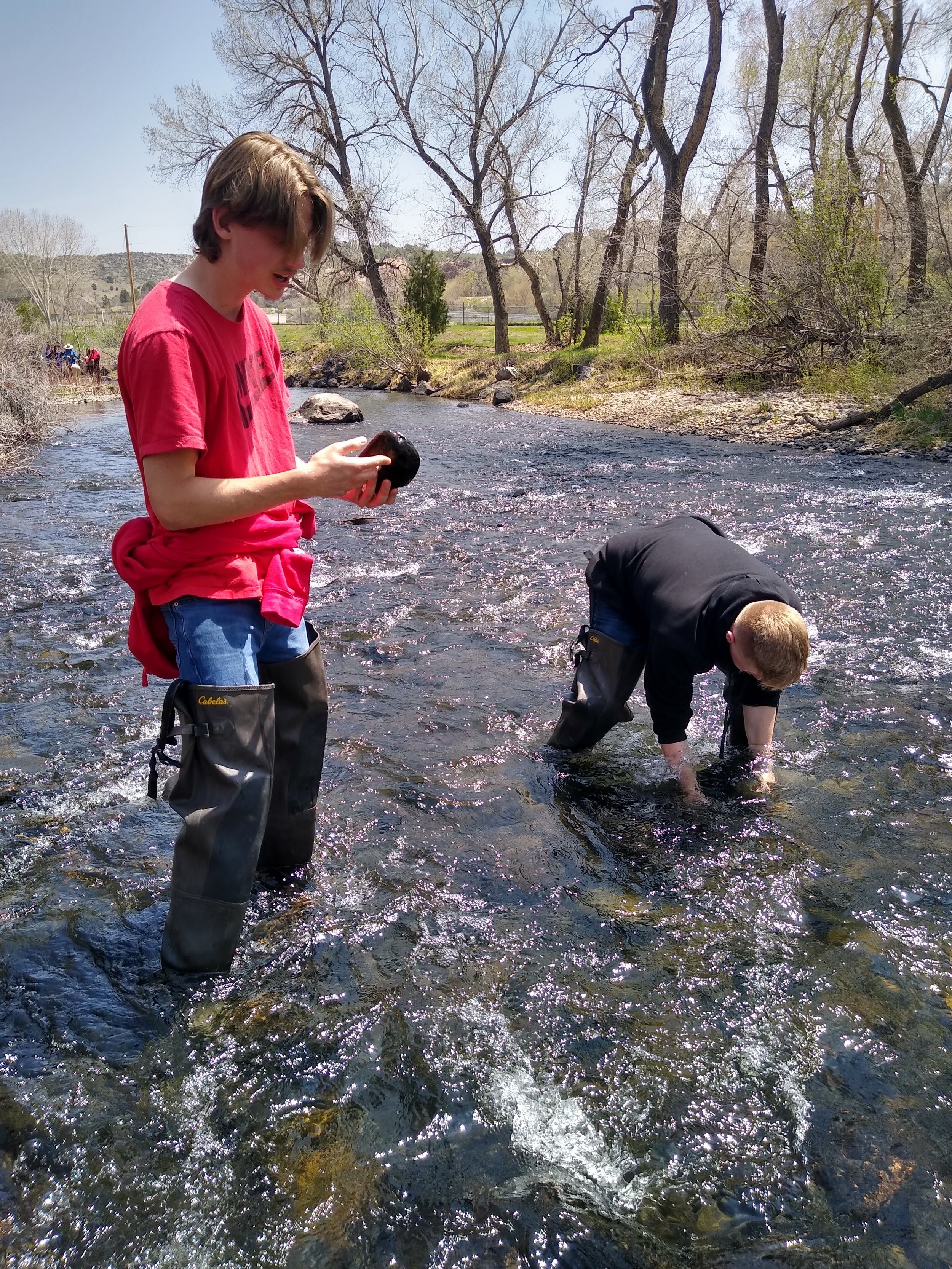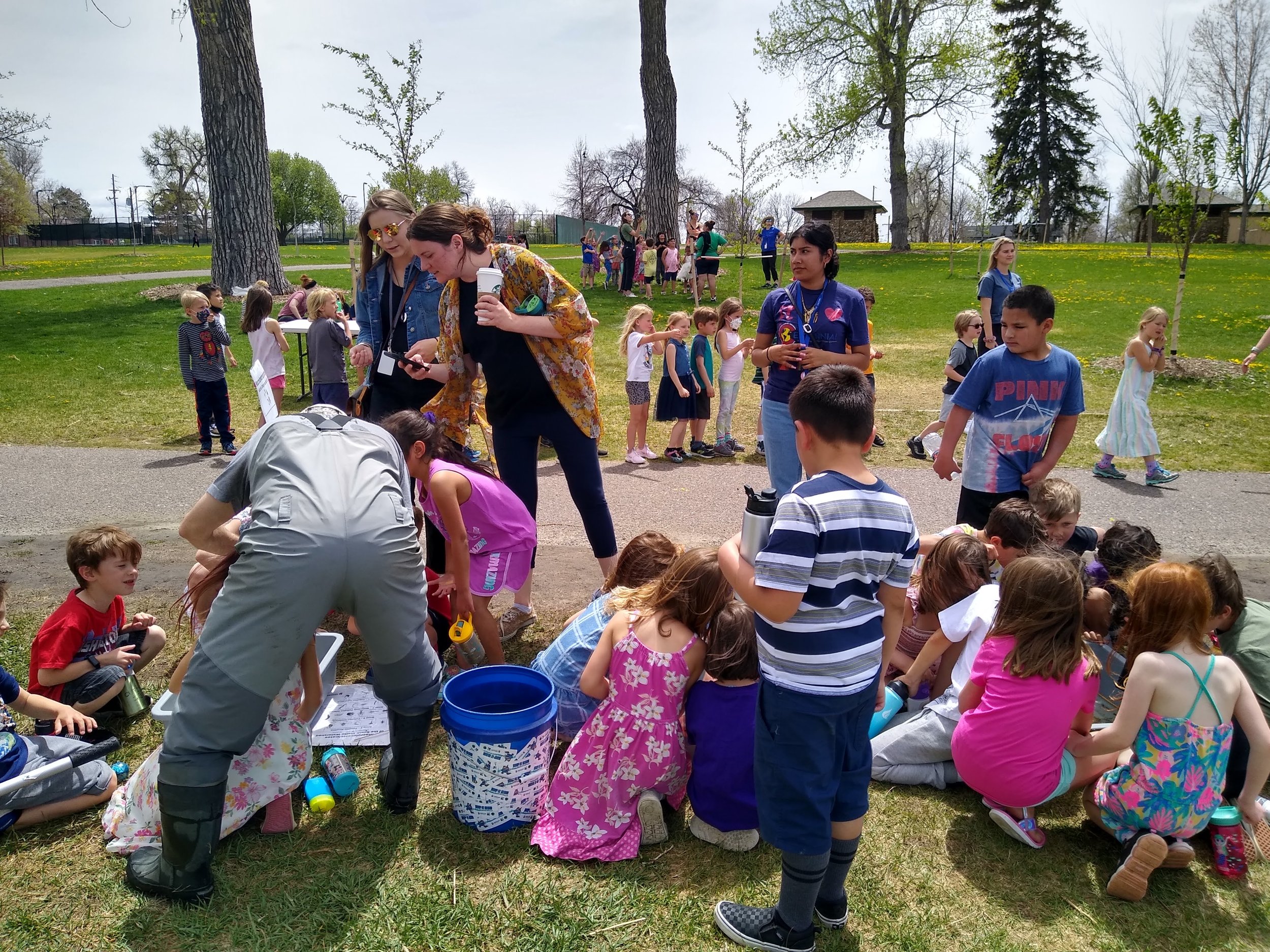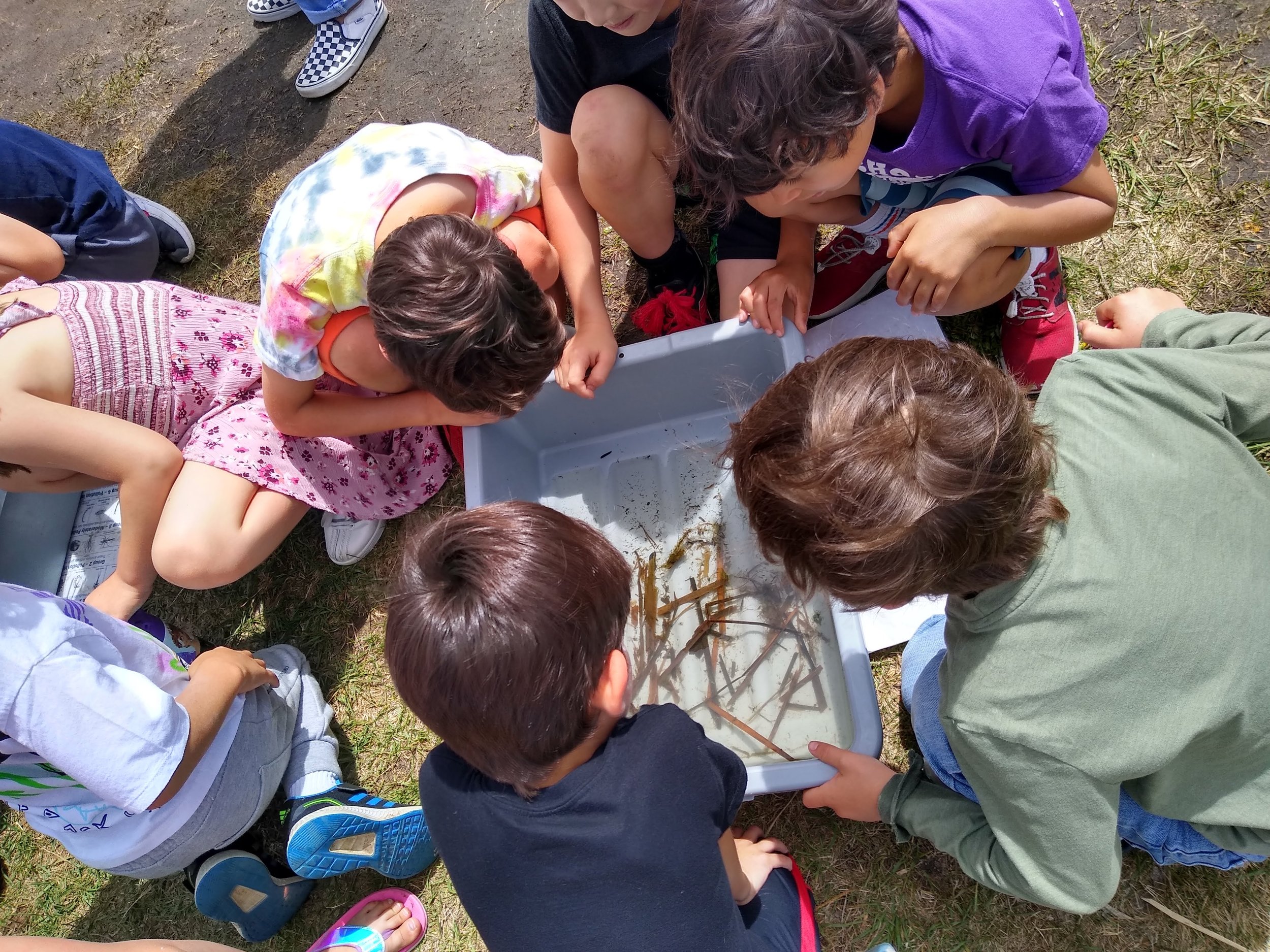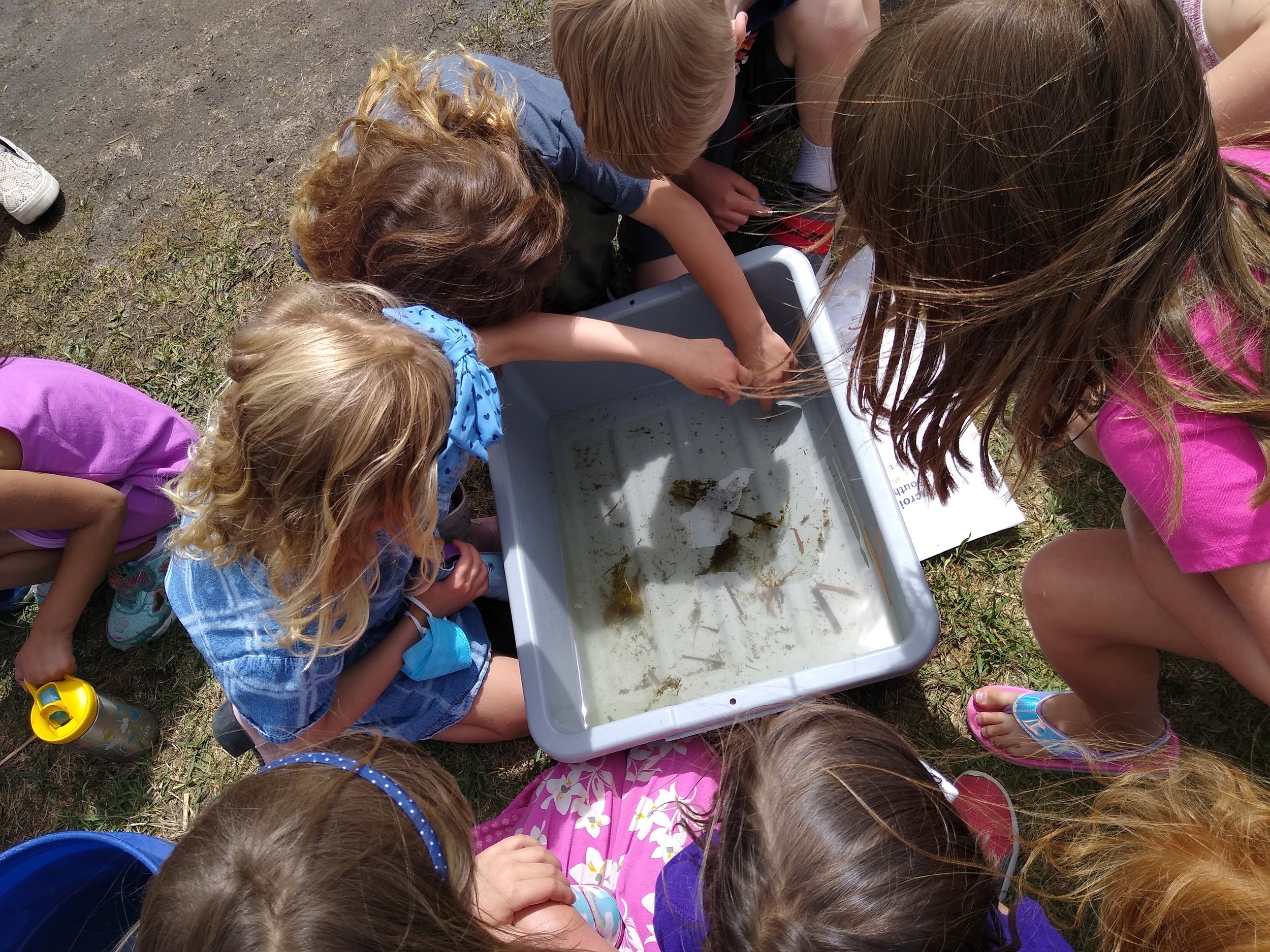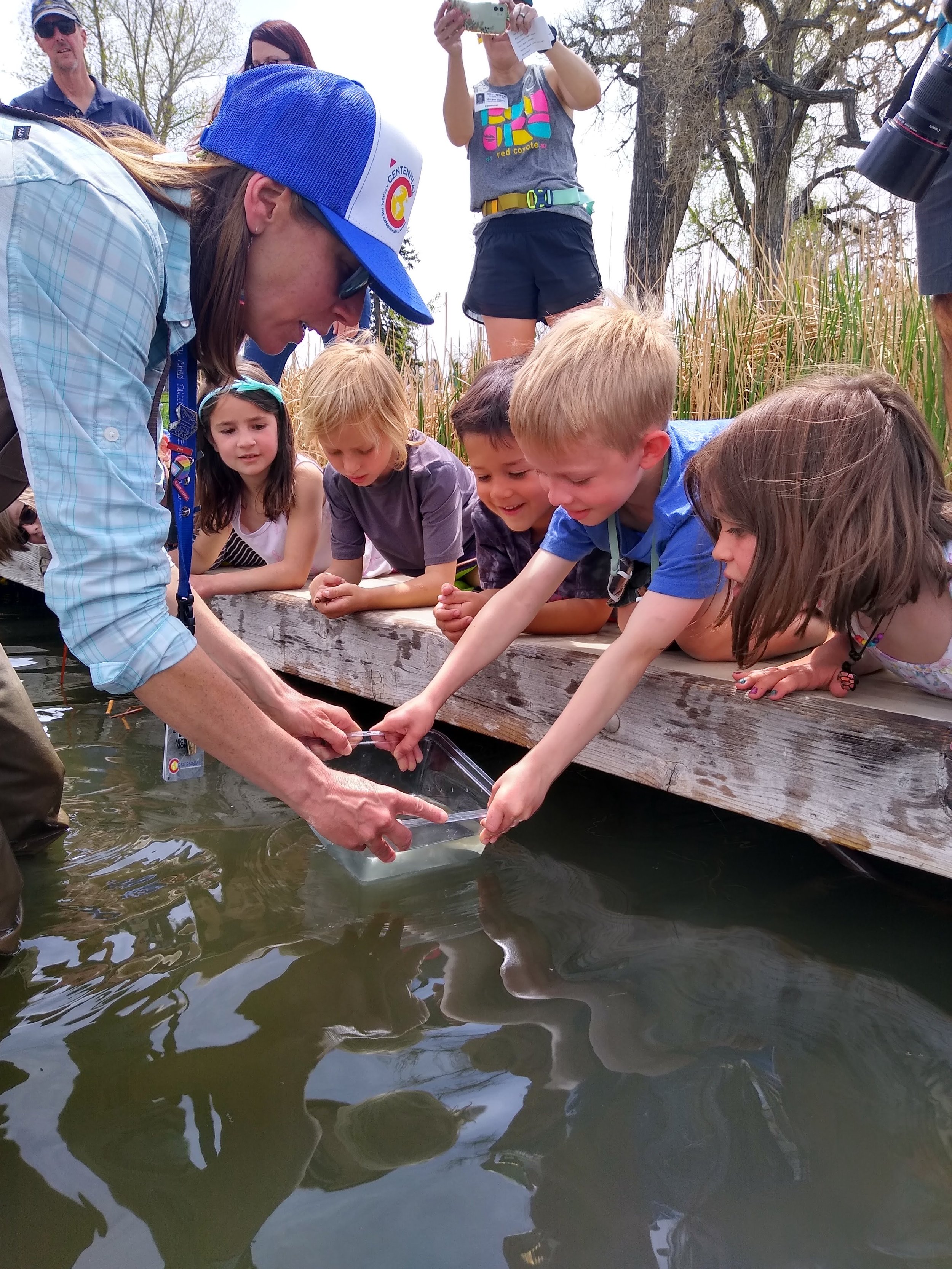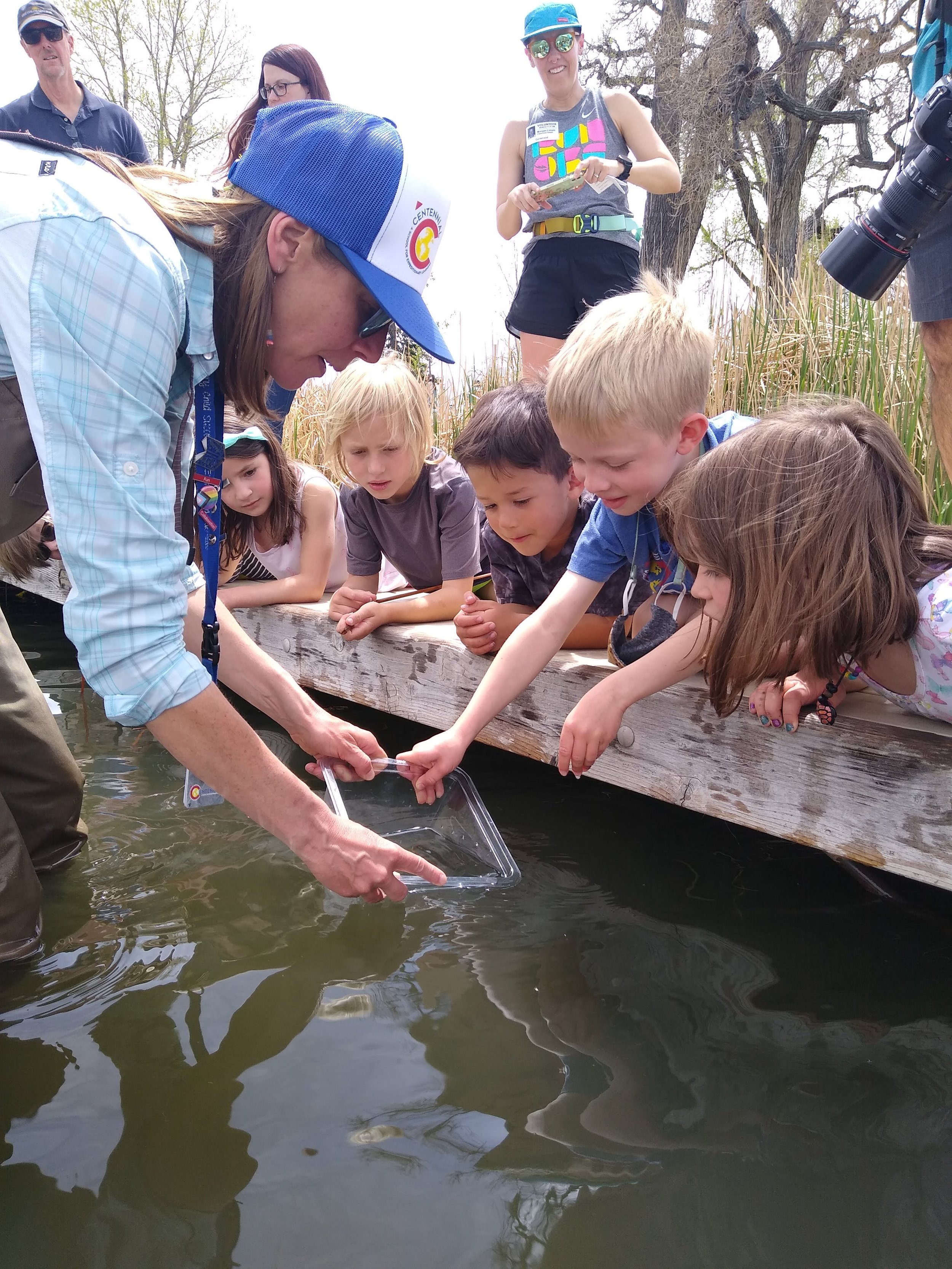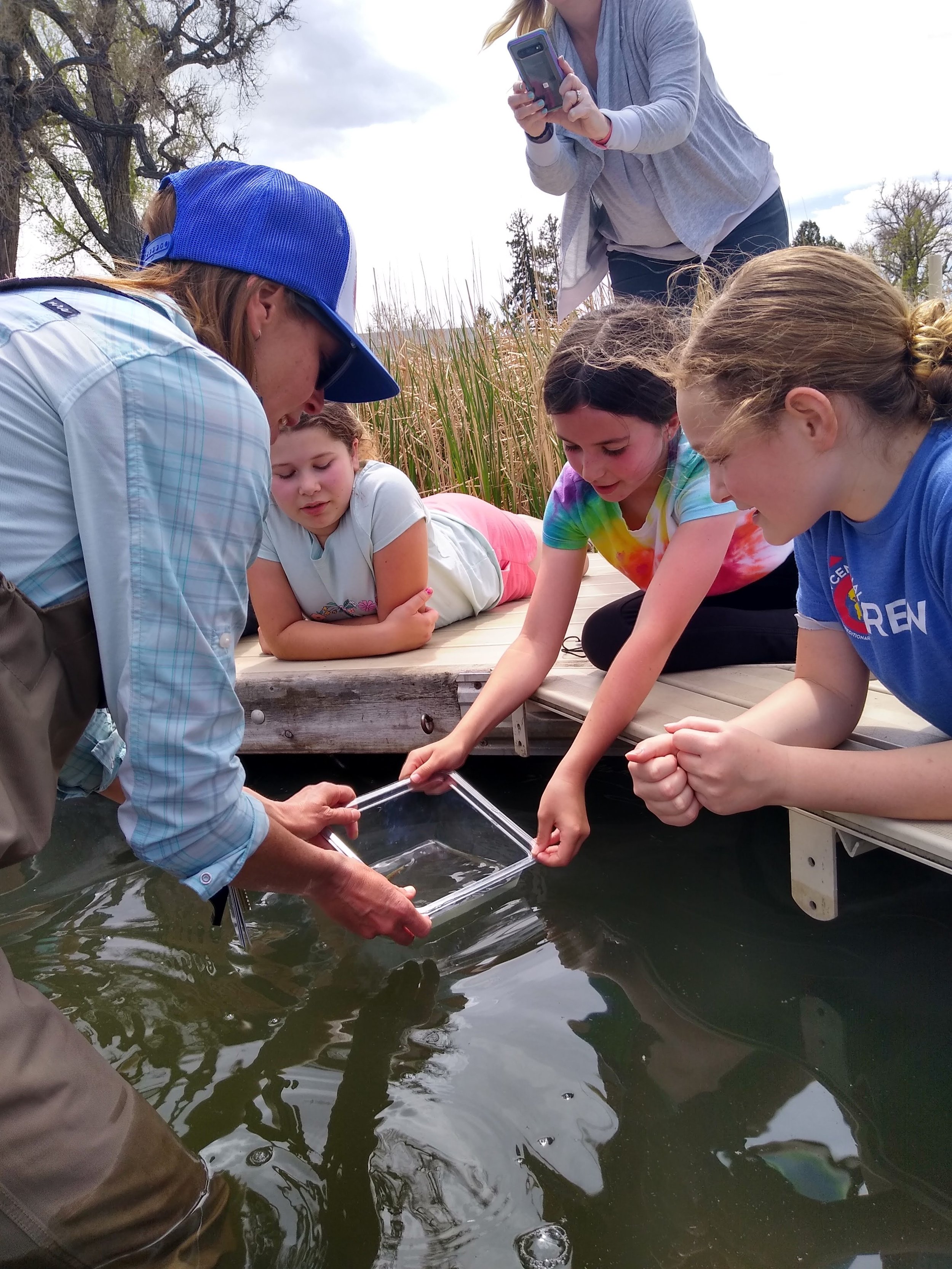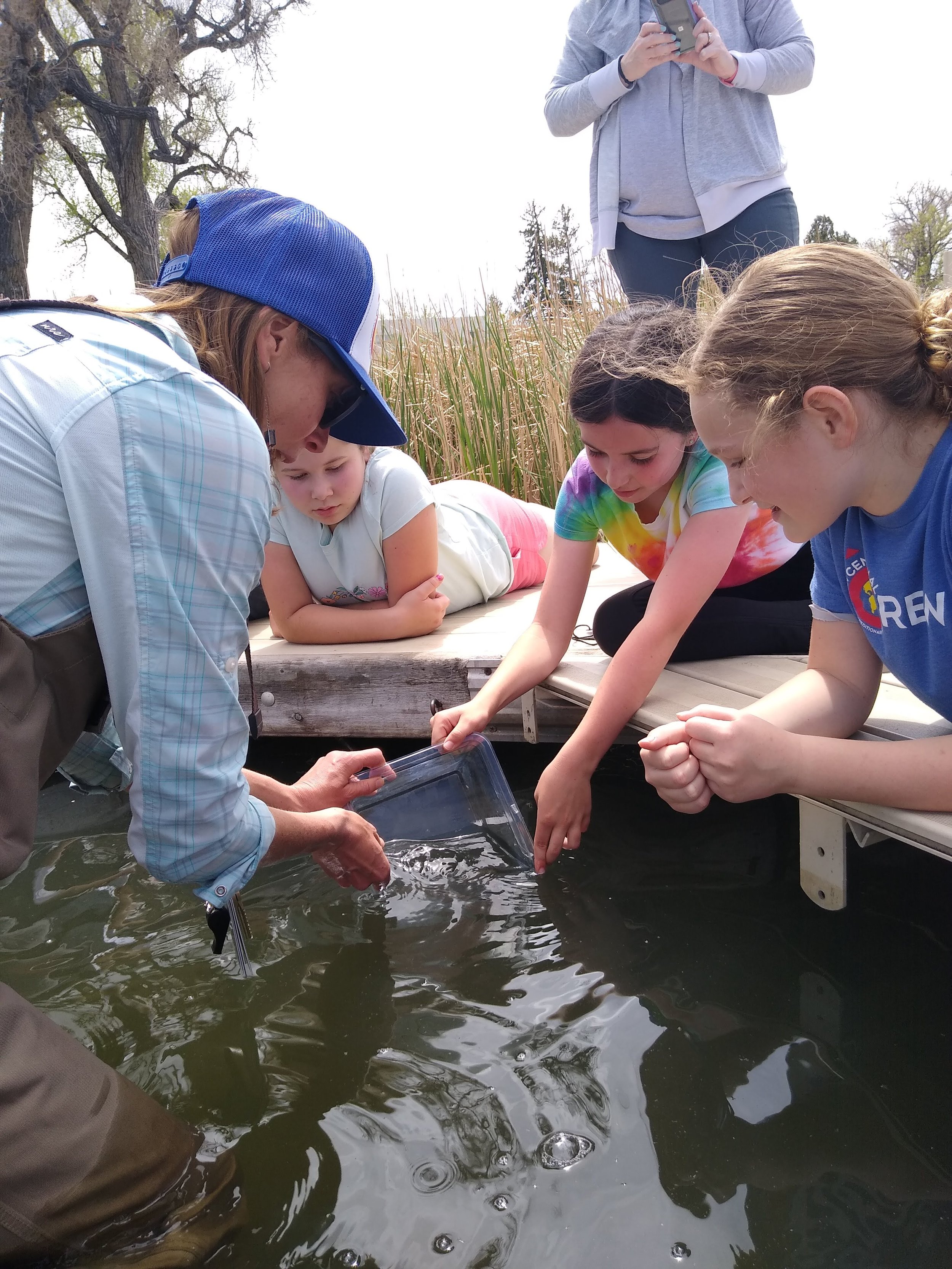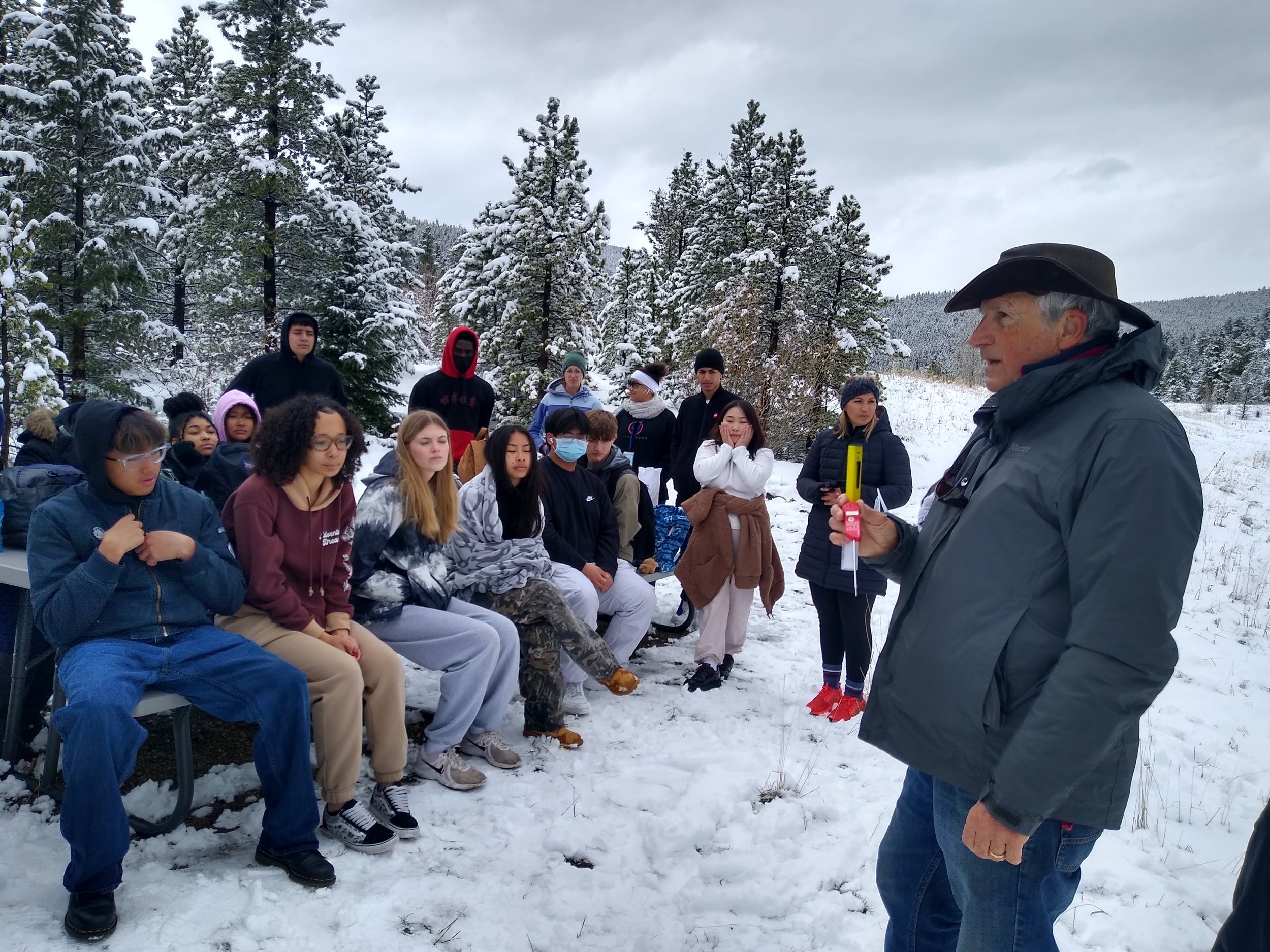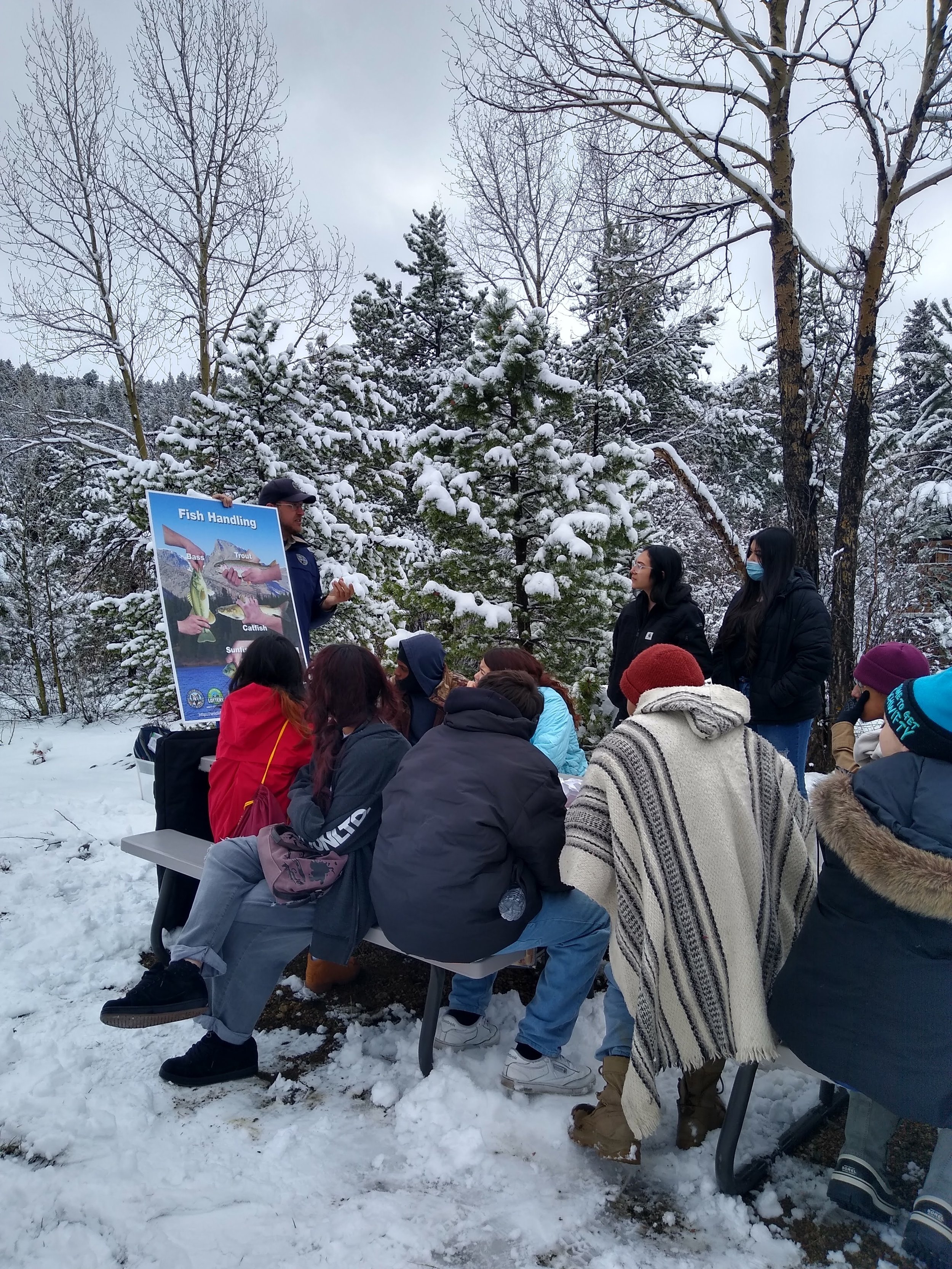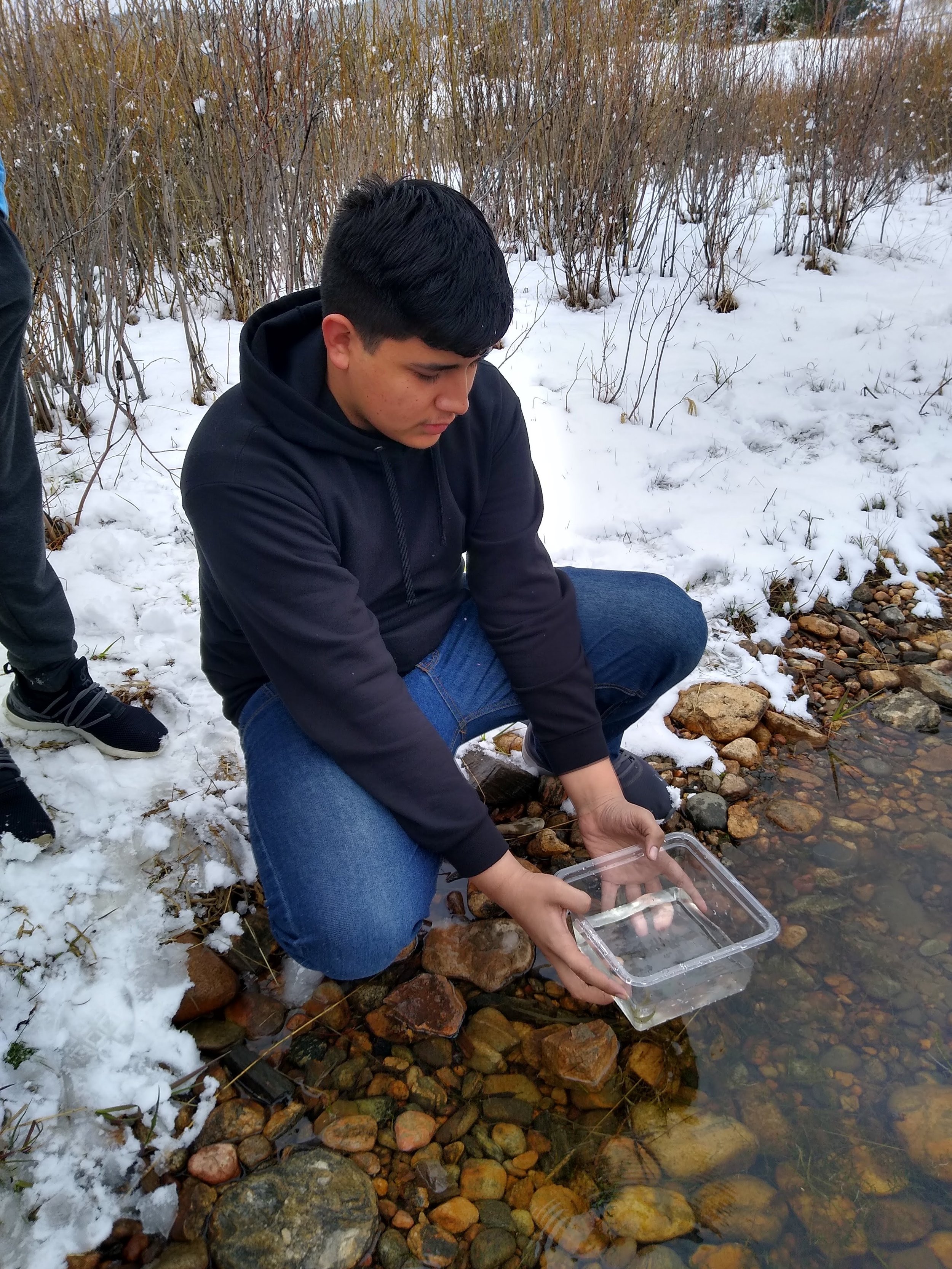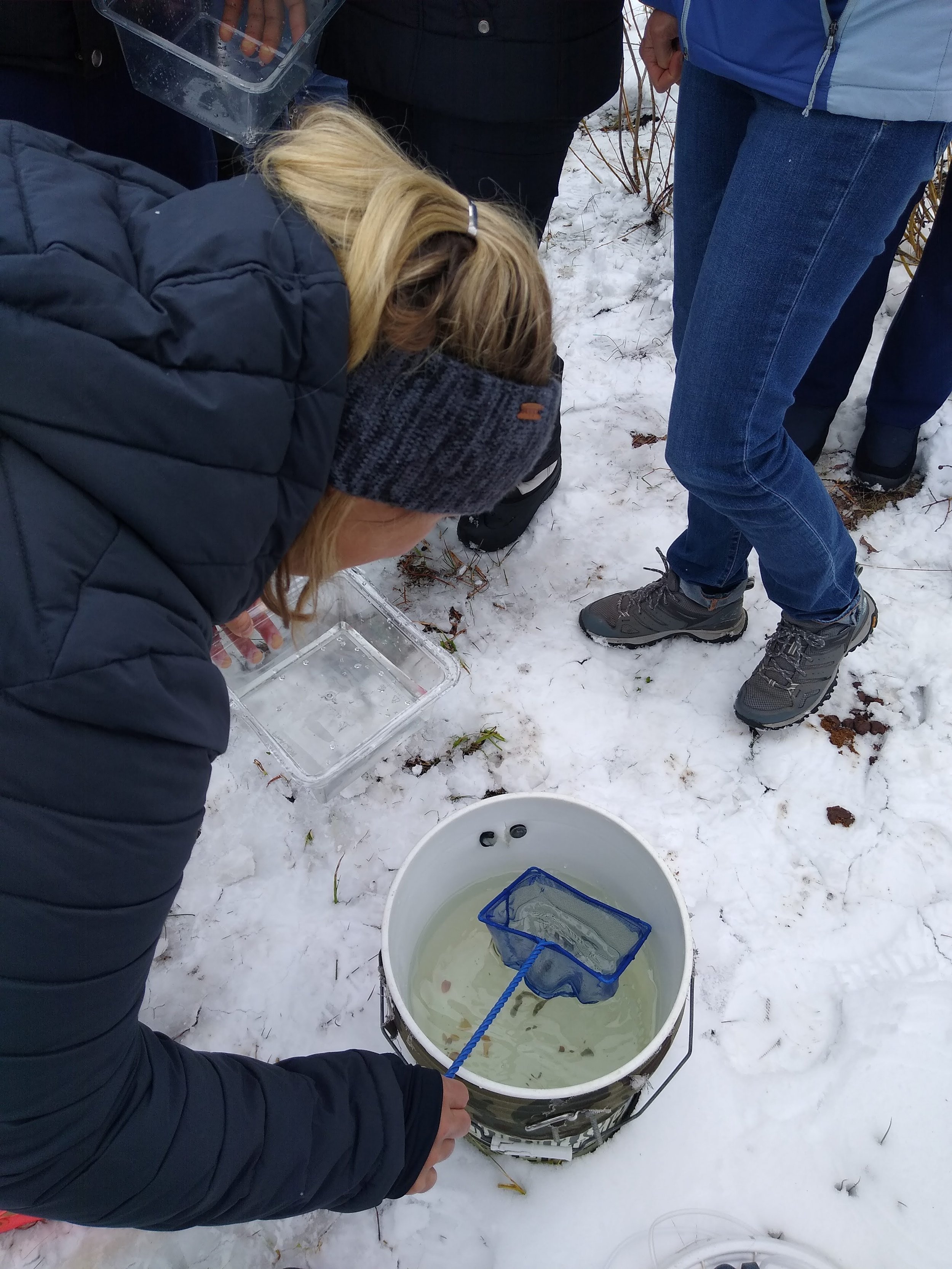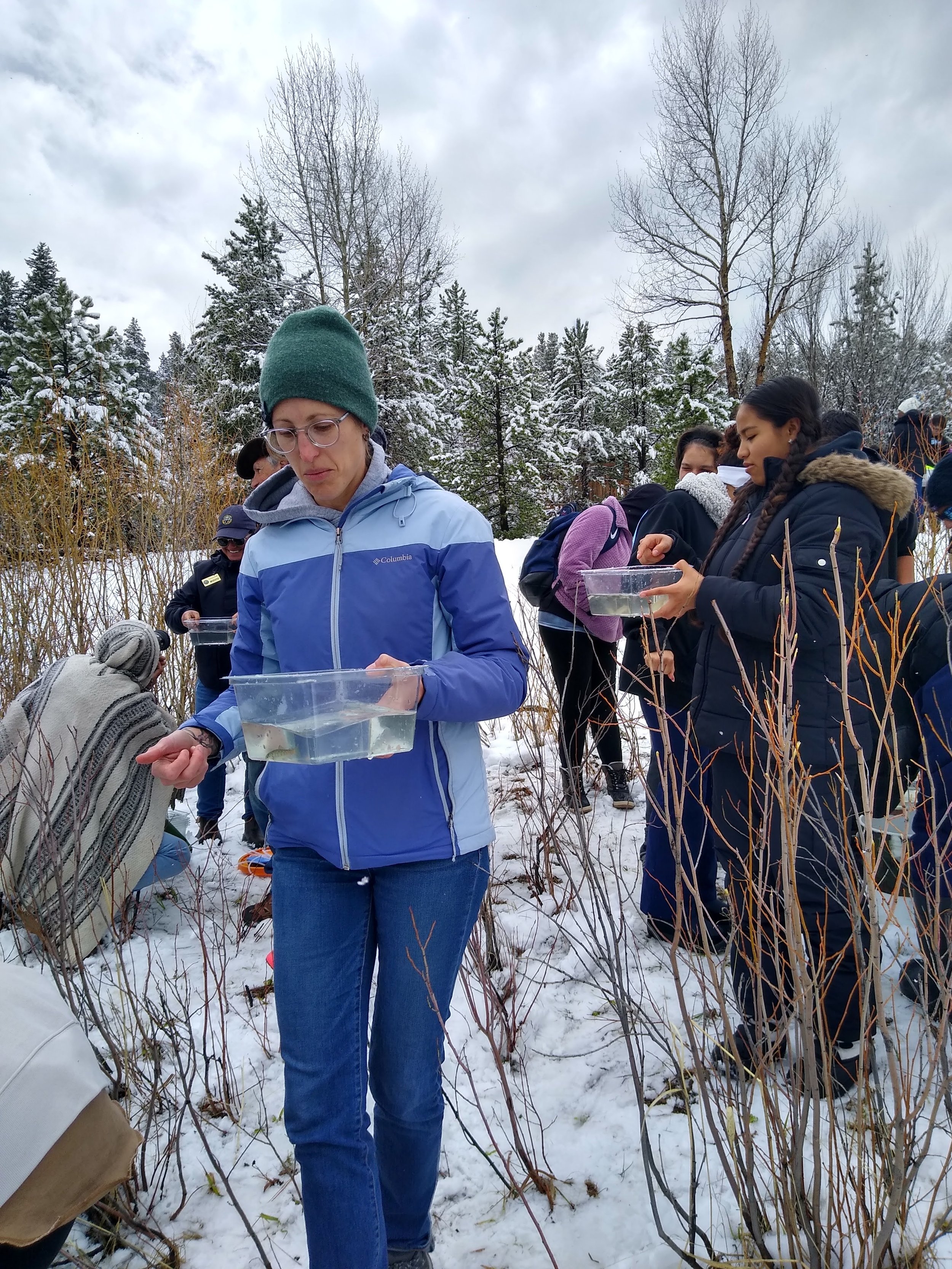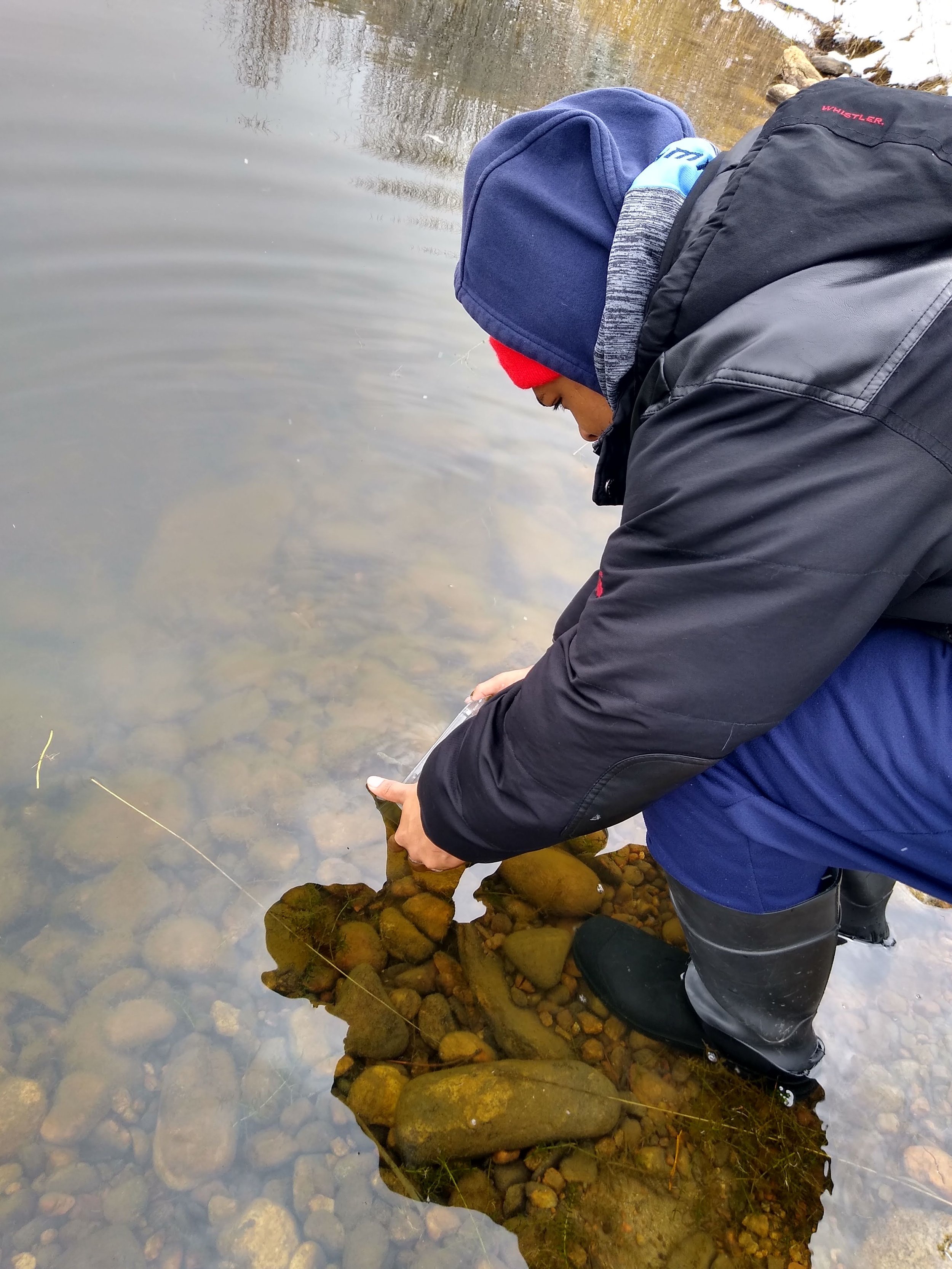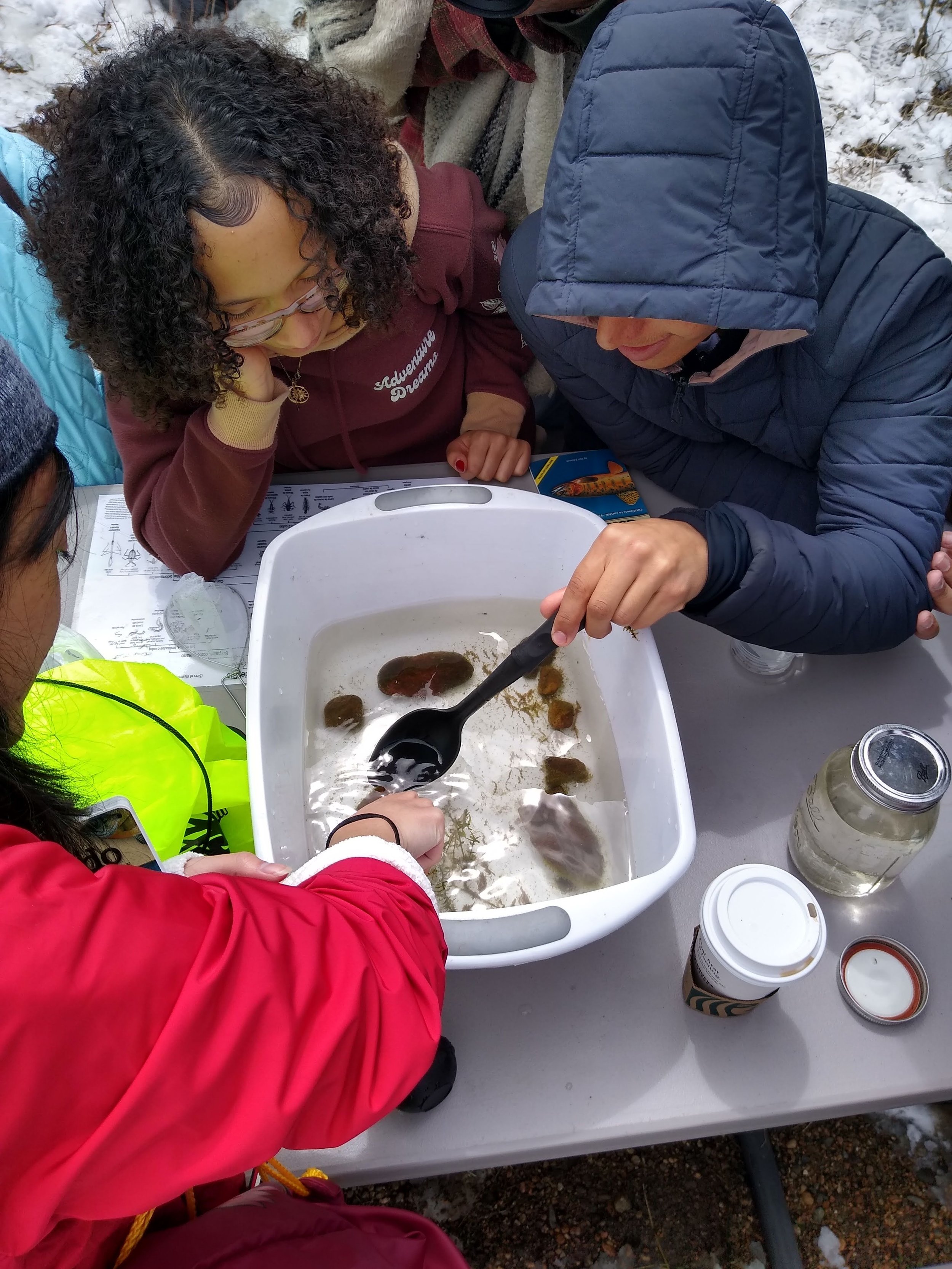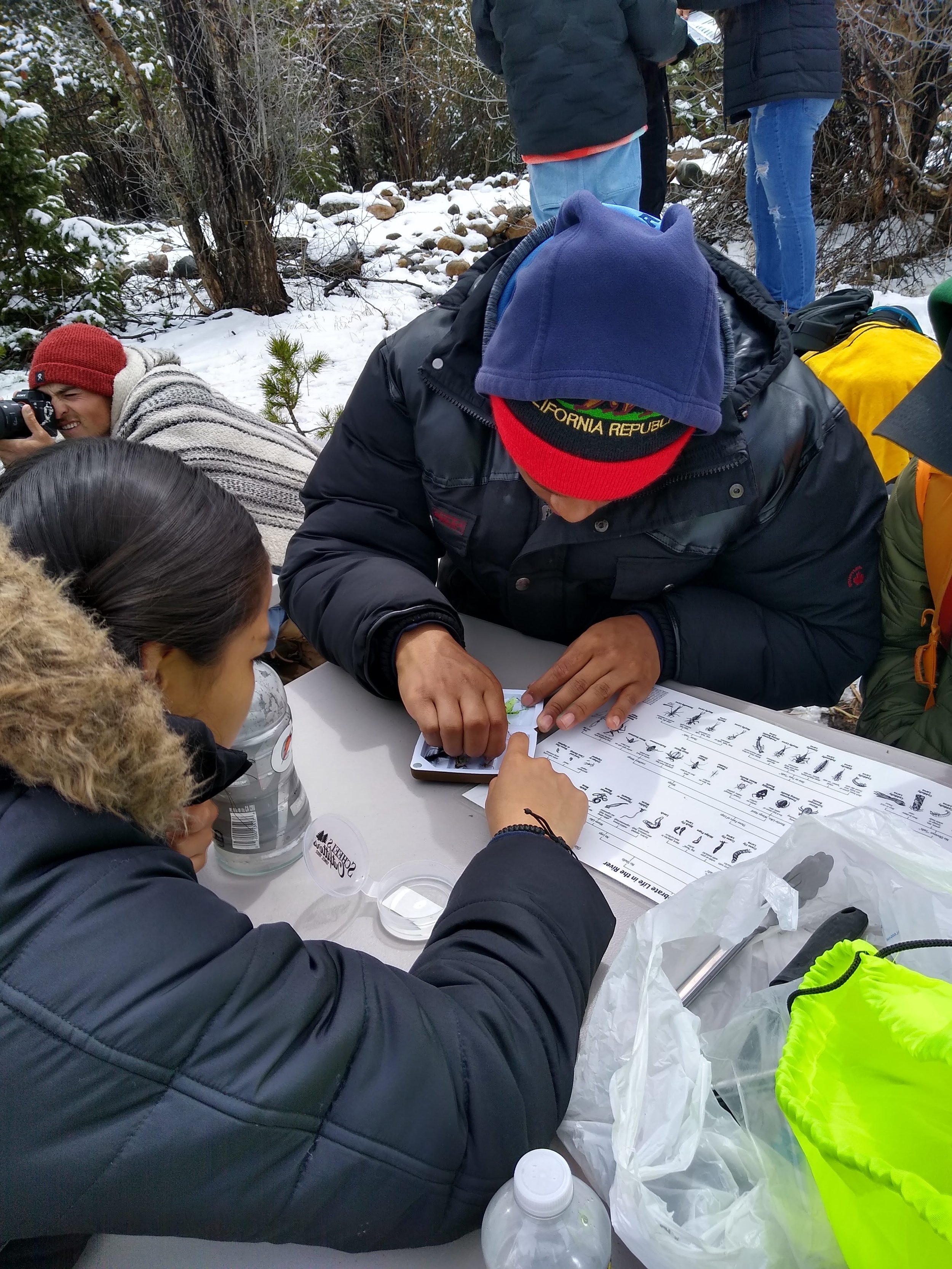Partners applaud decision allowing $30M river reconnection project to proceed
DENVER, Colo.—The Natural Resources Conservation Service (NRCS) today released a Finding of No Significant Impact (FONSI) drawn from its Environmental Assessment of the Colorado River Connectivity Channel. The decision paves the way for construction to begin on the project to reconnect the Colorado through a restored channel around Windy Gap Reservoir in Grand County.
The $30 million project, proposed by Trout Unlimited (TU), Northern Colorado Water Conservancy District Municipal Subdistrict, Grand County, and the Upper Colorado River Alliance, will build a natural river channel around Windy Gap Reservoir for the purpose of improving aquatic habitat in the Fraser and Colorado rivers. The project is expected to reopen the Colorado River to fish passage and improve habitat and water quality in downstream reaches.
“The idea to reconnect the Colorado River channel was conceived more than 20 years ago by local residents like Bud Issacs, whose vision, passion and persistent hard work built the partnerships and gathered the many resources needed to do this important project,” said John Andrews, NRCS State Conservation Engineer in Colorado. “NRCS is just thrilled that we can combine the Watershed Program’s funding authority with all they have done over these many years to ensure that the community’s vision for a healthy, thriving Colorado River becomes a reality.”
Built in the mid-1980s, Windy Gap currently blocks fish and sediment passage upstream and downstream of the dam. It also holds water in a shallow reservoir, sometimes elevating stream temperatures downstream of the dam when water is released. Construction of the Connectivity Channel will route Colorado River and Fraser River flows around the reservoir, reconnecting aquatic habitat, reducing stream temperatures, and restoring natural river processes currently impacted by the presence of the dam.
“The NRCS decision is a major step toward making the Connectivity Channel a reality,” said Mely Whiting, the project lead for Trout Unlimited. “This project is the linchpin connecting all other ongoing efforts to prepare the headwaters of the Colorado River for a much hotter and drier future.”
“Grand County’s Board of County Commissioners applauds the work of NRCS in reaching this decision and acknowledges the tremendous work of the project partners and individual champions,” the board said in a statement. “The project is so important to the health of the Colorado River the citizens and visitors of Grand County, and the entire river basin. Grand County has been a longtime proponent and partner in this project. We look forward to seeing the Connectivity Channel provide significant benefits to the region’s environmental, agricultural and recreational interests for generations to come.”
“The Colorado River Connectivity Channel is an example of the positive outcomes that can occur when diverse groups come to the table to meet the challenges of delivering a reliable water supply to Colorado residents, all while addressing important habitat in the Colorado River,” said Northern Water General Manager Brad Wind. “The Connectivity Channel Project also serves as a key enhancement for the Windy Gap Firming Project that provides critical water supplies to beneficiaries situated on both sides of the Continental Divide.”
In an agreement with TU, the NRCS committed over $4 million toward construction of the project, provided that an environmental assessment was completed showing that the project will not have significant impacts on the environment. The FONSI draws from NRCS’ Environmental Assessment evaluating both beneficial and adverse impacts of the project, concluding that the project “will result in long-term beneficial impacts for environmental resources (i.e. soil, air, water, animals, plants, and human resources).” With the FONSI secured, NRCS can now provide those pledged funds toward the project construction, and may consider granting up to $9 million in additional funds still needed for the project.
In addition to its benefits for fish passage and water and habitat quality, the Connectivity Channel will also be open for public fishing, creating approximately one mile of new river angling opportunity.
“Local anglers can celebrate this project, which will both improve the treasured Gold Medal fishery of the Colorado River and open up a new mile of public fishing through the restored channel,” said Kirk Klancke, president of the Colorado River Headwaters Chapter of TU.
Work on the project is scheduled to begin in June 2022 and is expected to be substantially complete by the end of 2023. Public angling access is expected to open in 2025 to give time for the habitat and fishery to establish.
In addition to the funding support from the NRCS, the Connectivity Channel has received significant contributions from the Colorado Water Conservation Board, Northern Water, Grand County, the Colorado River Water Conservation District, the Upper Colorado River Alliance, and corporate sponsors, including PepsiCo., Frito Lay, Intel, and CocaCola. Other contributors include the Gates Family Foundation, the Bonneville Environmental Foundation, the Colorado Department of Natural Resources, Colorado Parks and Wildlife, Great Outdoors Colorado, the National Fish and Wildlife Foundation, and Occidental Petroleum Corporation.
“I am truly awed by the level of support for the project,” TU’s Whiting said. “The Connectivity Channel is a great example of what we can accomplish when working together to accommodate water supply and ecological needs.”
To view the NRCS Finding of No Significant Impact, visit this link.

